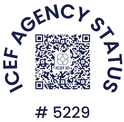Do international students in Australia pay tax?The duration of your student visa determines whether you are classed as an Australian resident for tax purposes or a non-Australian resident for tax purposes. You will be considered an Australian resident for tax purposes by the ATO (Australian Tax Office) if you meet the below criteria:
If you are a temporary resident, you need to declare income you make in Australia plus any income you earn from employment or services performed overseas during your temporary residency. Please note: If you are on a Working Holiday Visa or were on a Working Holiday Visa between July 2020 to June 2021, you will be taxed differently. If you are on the Temporary Activity visa (subclass 408) due to the Covid-19 pandemic then you will also be taxed differently. You will need to contact ATO for further details. Why do I need to pay my taxes in Australia?Most international students need to lodge a tax return every financial year. This will determine if you have paid enough or too much tax, whether or not you need to pay the Medicare levy and if you are eligible to receive any tax offsets. If you have paid more tax than necessary, you will be given a refund. If you haven’t paid enough tax, then you will receive a tax bill. How much tax do international students have to pay in Australia?If your taxable income sits at $18,200 or below, you will be entitled to a tax free threshold and won’t have to pay any tax for the year ending on June 30. If you are an Australian resident for tax purposes then you won’t pay tax on the first $18,200 you earn as salary, wages and subcontractor’s income. After this, your tax will start at 19% but will increase as your income, earned either as salary, wages or subcontractor’s fees, increases. You are also entitled to the benefits of the tax system such as lower tax rates than a foreign resident, tax offsets and the tax-free threshold. Remember: If you earned $18,200 or less and your employer deducted income tax, then you are entitled to apply for a refund. What tax expenses can I claim?You can reduce your total taxable income through deductions which are directly related to earning an income. There are two types of expenses that international students can claim: personal and work-related deductions. In order to do so, you must be able to provide relevant receipts, invoices and bank statements. Below, find a list of expenses that can be deducted:
Do I need an accountant to do my taxes in Australia?No, you can lodge your tax return using ATO’s myTax system but it is highly recommended that you seek guidance. Although you will need to pay a small fee, an account will ensure that you include all of the deductions that you are eligible for and they will double check the accuracy of your returns. You can even claim the cost of your tax agent in the next financial year. If you need further advice, please don’t hesitate to get in touch with our expert team. What do I need to file my tax return in Australia?International students need a tax file number (TFN) in order to lodge an income tax return. A (TFN) is your personal reference number. You can apply for your TFN free of charge through the Australian Tax Office and the process should only take around 20 minutes. You will need to provide your personal details, your passport or travel document number and a postal address in Australia. You can find further information on applying for your TFN on our website. What if I'm self-employed?If you’re freelance or provide your own services, then you will also need to apply for an Australian business number (ABN). You can apply on the Australian Tax Office website or can lodge a form by mail. You will be asked to provide details about your business, activities and identity. More can be found on ATO's website. What do I need to do before beginning my tax return?If your employer is paying your wages through Single Touch Payroll (STP) then you can access your income statement information on ATO via myGov. If not, your employer should give you a payment summary. If you leave a job during the financial year, then make sure to ask your employer for your payment summary when you leave. If they have been reporting your tax and super information through STP then they will need to complete a finalisation declaration. I'm returning to my home country, do I still need to lodge a tax return?If you worked during your time in Australia then you will most likely need to lodge an Australian tax return after June 30. You can do so online after leaving the country. If you are leaving permanently, you may be eligible to lodge your tax return early. In this care, you must lodge a paper return which is likely to take longer to process. How do I claim my super?Superannuation, commonly referred to as ‘super’, is a way of saving money for retirement in Australia. If you are working a certain number of hours for your employer, you may qualify for a super contribution from your workplace.
Whilst you are living in Australia, your superannuation contributions must stay in your fund. You may be able to claim your super after you leave the country if you meet the below requirements:
For more information on your superannuation fund, head over to our expert blog. If you have any questions about your tax return, please don’t hesitate to get in touch with the Study Online Australia team.
2 Comments
Wander around Bondi or Byron Bay and you’ll find its residents catching the sunrise, nattering over coffee and heading down to the beach with a yoga mat wedged beneath their arm. As one of Australia’s most popular pastimes, yoga studios have cropped up in every corner of the country and it’s not hard to see why. Not only is the ancient practice a great way to keep fit: it’s an opportunity to meet new people, boost those endorphins and carve time for yourself on the mat. Below, find out everything you need to know about studying yoga in Australia from entry requirements to future career paths. What are the entry requirements for Certificate IV (105455G) in Yoga Teaching?In order to apply for Certificate IV in Yoga Teaching, you need to meet the following criteria:
Find out more about English courses available in Australia on our website or contact the team and we can organise an English test through our network of education providers. Although you do not need to have any previous experience in yoga, it’s strongly advised that you have practiced before and that you have a good level of fitness. If you are interested in studying yoga, our team can organise a trial day so that you can get a feel for the course. What will I learn studying Certificate IV in Yoga Teaching (105455G)?Certificate IV in Yoga Teaching will vary depending upon the college you choose but most courses will enable students to learn the basic principles of yoga, warm up and warm down routines, breathing practices and how to incorporate anatomy and physiology into yoga teaching. The aim of the course is to prepare students to become professional yoga teachers at a basic to intermediate level so that they can run group workshops or private classes. Certificate IV in Yoga Teaching will cover how to do the following:
You will qualify the course with a first aid certificate and will be prepared for further study through the development of study and research skills, communication development and time management. After attainment, you will be able to register as a Level 2 (intermediate) accredited teacher with the International Yoga Teachers Association. What career path can I take after completing my Certificate IV in Yoga Teaching (105455G)?Studying Certificate IV in Yoga Teaching will give students the chance to become a yoga teacher in gyms and studios around the world. There is also the opportunity to go on to become a yoga studio manager, owner or project coordinator. Studying Certificate IV in Yoga Training will enable students to progress to Diploma of Yoga Teaching if they desire. What are the entry requirements for Diploma of Yoga Teaching (098602G)?In order to apply for your Diploma of Yoga Training, you need to meet the following criteria:
As yoga teaching requires teachers to assist students with their practice, you must be comfortable manually helping others. It is also advised that you have good communication skills, an interest in helping others to learn yoga and patience. What will I learn studying my Diploma of Yoga Teaching (098602G)?Some students may decide to study for their Diploma of Yoga Teaching after Certificate IV. This is a great opportunity to venture further into the practice and will enable students to go on to become specialised teachers. Courses differ but you will learn how to do the below at most institutions:
What career path can I take after completing my Diploma in Yoga Teaching (098602G)?After studying your Diploma in Yoga Teaching, you will have the opportunity to venture further into the yoga industry. For example, you may wish to become a yoga teacher who specialises in special needs or chronic conditions. During your diploma training, you will learn how to adapt your classes to suit different needs and will be able to offer a deeper practice which incorporates breathwork and meditation. Can I do an Advanced Diploma in Yoga in Australia?Yes, you can choose from Advanced Diploma of Yoga Teaching, Advanced Diploma of Yoga Therapy and Advanced Diploma of Holistic Classical Yoga Practices (099897B). What will I learn while studying my Advanced Diploma in Yoga Teaching (0100559)?Students wishing to take a deeper dive into yoga and to expand upon their knowledge may wish to study at Advanced Diploma level. Topics covered will vary depending upon which course you choose but most colleges will cover the following:
What career path can I take after completing my Advanced Diploma in Yoga Teaching?You do not need to study Advanced Diploma in Yoga in order to become a yoga teacher or to run your own studio but you will gain further knowledge, skills and experience which will prove beneficial in the future. What do I need to study Yoga Teaching?To study Yoga Teaching, you are required to bring the below:
Will these qualifications be recognised in my home country?These qualifications are part of the Australian Qualification Framework and most countries accept them, especially European and North American countries. But we highly recommend checking that your home country accepts the qualification before choosing your course. If you are unsure, a member of our team would be happy to help. Where can I study yoga in Australia?You can study yoga in a number of colleges across Australia situated in Sydney, Perth, Brisbane, Byron Bay and Melbourne. As there are only 13 courses to choose from, it’s important to check the location of your chosen course before making a decision. You can easily search for courses on offer in your state of choice using the CRICOS search tool. Most colleges offer monthly intake, quarterly intake or intake per semester (February, July). What does the timetable look like for yoga students?Yoga students are expected to attend face to face classes, both theoretical and practical, alongside self-paced e-learning. Generally speaking, you should expect to attend class for a minimum of 2.5 full days per week. The rest of your time can be dedicated to self-study and work. How long does a course in yoga take?Course lengths will vary slightly depending upon the college. Below, we have provided an approximate guide to course timelines.
Please make sure to always check the course lengths offered by each education provider carefully before applying.
There is also the option to package your yoga course or diploma with different subjects such as fitness. If you need assistance choosing a package, please contact us today for free advice and support. How long will my student visa last? How long do I need OSHC? These are amongst some of the most common questions the Study Online Australia team receives. Admittedly, it can all prove a little confusing and that’s why it’s always better to apply for your student visa through an experienced agency - such as ourselves! Below, find out everything you need to know about student visa and OSHC lengths. How long should my OSHC last?As discussed in a previous blog post, OSHC is a mandatory condition of your student visa so must last for the duration of your course at minimum. If you do not maintain adequate arrangements for health insurance for the duration of your stay in Australia, your student visa will be cancelled. Nib OSHC provides cover for the costs of medical and hospital care for international students in Australia. You have the option to purchase a single policy that covers you only or a family policy which provides health insurance for you, your partners and any dependent children under 18 if they live in Australia with you and are listed on your student visa. If you apply for your student visa through Study Online Australia, we will organise OSHC on your behalf through our partnership with nib. You can find further information on pricing and what Nib covers on our website. How long will my student visa last in Australia?The student visa (Subclass 500) may allow you to remain in Australia for up to 5 years for the purpose of full-time study at an educational institution. Your student visa length is determined by your course length. You may be granted additional time at the end of your course depending upon this. When you apply for your student visa, the expiry date of your Overseas Student Health Cover (OSHC) will also be considered. In order to be granted extra time, students must have OSHC in place for the same period. As explained on the official Australian Government website, if your course is a year in length ending August 30 then you will be eligible for a student visa up until October 30, provided you have OSHC in place to that date. If you apply onshore, then your OSHC must cover you from the student visa lodgement date, for the duration of your studies and for the whole of your study period and additional time which may be granted at the end of your course - depending upon its length. If you apply offshore, then your OSHC must cover you from your arrival date in Australia, for the duration of your studies and any additional time which may be granted at the end of your course - depending upon its length.
It’s very important to consider the length of your student visa when deciding how much OSHC to purchase, as your visa end date cannot be changed once granted. You can find further information on the length of stay for student visas on the official Australian Government website. Why choose Study Online Australia?Applying for a student visa for the first time can prove daunting with the possibility of making preventable mistakes. Our expert team led by director Pavla Hannan, who were all once international students themselves, will apply for OSHC on your behalf before lodging your student visa application.
We are fully funded by the educational sector in Australia so you don't need to pay a penny for our services. If you need help applying for a student visa or have any questions about OSHC, please don’t hesitate to get in touch with the Study Online Australia team. International students may feel far from home but Australia has proven to be one of the greatest corners of the earth to ride out the Covid-19 pandemic. Although a European summer may be off the cards, we’re incredibly lucky to have the opportunity to travel across the ditch. The trans-Tasman bubble opened on April 18 and allows those already based in Australia and New Zealand to travel freely between the sister countries. But with Covid-19 travel restrictions changing everyday, it can prove difficult to keep up! That’s why the Study Online Australia team has done the hard work for you. We’re staying on top of the latest travel alerts, quarantine rules and all things bubble related so you don’t get caught out on your next trip. Below, find out everything you need to know about travel between Australia and New Zealand during the Covid-19 pandemic. What is the trans-Tasman bubble?The trans-Tasman bubble allows travellers to travel freely between Australia and New Zealand without having to quarantine on arrival or departure. When is the best time to travel to New Zealand?A large number of travellers flock from around the world to visit New Zealand throughout the year but the trans-Tasman bubble is perfect timing for those seeking a winter getaway. Renowned for its mountainous landscape, skiing is one of the country’s most beloved sports with Queenstown and Wanaka stealing the top spot with the most famous ski resorts including: The Remarkables, Coronet Peak Cardrona and Treble Cone. There’s plenty to do when you’re not tumbling down the slopes too. Famed for being adrenalin junkies, surfing, kayaking, bungee jumping and hikes are also on offer in this magic corner of the hemisphere. When can I fly from New Zealand to Australia?Now! The Trans-Tasman Bubble is finally open which means international students are free to travel between the two countries quarantine free. You do not need to apply for a travel exemption in order to do so but must meet the below requirements. To travel from Australia to New Zealand:
Despite the excitement of being able to travel once more, it is highly recommended that you do so with caution. Covid-19 outbreaks can occur at any time and quarantine free travel arrangements can be paused at any time without notice. So make sure to be prepared for the possibility of an extended stay or disruption to your travel plans. At the time of writing this (June 1), there is currently a travel pause from Victoria to New Zealand. If you were in Victoria from 7.59pm on May 25 then you cannot travel to New Zealand from anywhere in Australia until further notice. We will update this once further information has been announced. Further information on travelling to New Zealand can be found on the official Australian Government website. Can I travel to Australia right now?Yes, you can travel from New Zealand to Australia if you have been in the country for 14 days or more. To travel from New Zealand to Australia:
You can find further information on travelling to Australia from New Zealand on the official government website. Returning to New Zealand from AustraliaYou do not need to quarantine after travelling to Australia unless you have visited a listed hotspot or travel restrictions change so make sure to keep up to date with the latest announcements while visiting Australia. What are the Australia and New Zealand travel bubble rules?There are strict rules in which travellers must follow when travelling between Australia and New Zealand:
Will the trans-Tasman travel bubble include other nations soon?Hopefully. There have been talks that destinations such as Singapore, Fiji and Tonga will eventually become a part of the bubble. New Zealand and Cook Islands formed a travel bubble on May 17 but those visiting from Australia must travel through New Zealand in order to get there. Handy Covid-19 travel apps to download before you flyIt’s important to stay informed whilst travelling during this time. So we recommend downloading the COVIDSafe App and the Coronavirus Australia App to check into venues and keep up to date with government advice.
If you have any questions about travelling between Australia and New Zealand, please don’t hesitate to reach out for free advice. You can also find further information on student visa Covid-19 restrictions on our website. Are you craving a winter getaway but not sure where to start? We asked one of our international students to give us the lowdown on their recent trip to Adelaide. Danielle is originally from the UK and moved to Sydney, Australia in October 2019. With Covid-19 border restrictions relaxed in May 2021, she decided to take a five-day trip to Adelaide in South Australia. Known as the ‘City of Churches’, Adelaide was the country’s first planned city which makes getting around on foot delightfully simple in comparison to big sisters Melbourne and Sydney. With its hip underground bars, live music scene and impressive festival calendar, Adelaide is world-renowned for its joyous celebration of the arts. While the sprawling Adelaide Hills and world-famous Barossa Valley see wine aficionados flock in their thousands every year. A morning can be well spent pottering around the city’s historic arcade before a quick hop on the tram will transport you to the seaside suburb of Glenelg in under 20 minutes. Below, find out how Danielle spent her time in Adelaide from where to grab a good margarita to the magic of neighbouring Kangaroo Island. Monday12.30pm: Touch down. Tired, hungry and excited: we dash to pick up our luggage and try to figure out the cheapest, quickest route into the CBD. We can’t check in to our Airbnb until 2.30pm so decide to grab a late brunch at one of the first recommendations we come across: Peter Rabbit. Now to figure out how to get there... 1pm: We eventually suss out the bus system after asking a handful of locals how the ticket machine works and purchase a ticket for the airport shuttle bus. Top tip: It turns out, we didn’t need a day ticket. We recommend purchasing a Metrocard at your local supermarket to last the duration of your trip. If you’re short on time, it’s just a 10-minute Uber ride from the airport into the CBD. It’s not too spenny either (you are on holiday, after all!) 2pm: We’ve made it! Peter Rabbit is exactly what we’re looking for. Artfully positioned on Hindley Street away from the hustle and bus roars of the CBD, this quaint cafe is wonderfully cosy on an autumn day - especially after sleeping away a couple of hours in the sky. There’s a leafy outdoor courtyard for coffee connoisseurs to enjoy a hot cuppa bundled beneath blankets. While the inside is decked out in fairy lights with references to the beloved children’s book from watering cans and dusty books to retro memorabilia. We order the Smokey Smash with a side of golden halloumi. This dreamy spot turns into a local watering hole come Friday night with happy hour until late so make sure to squeeze it into your itinerary. 3pm: We hit the road once more as it’s time to check into our Airbnb. By now, we’ve discovered that Adelaide is pretty easy to navigate, even for first-timers. Our Airbnb is positioned on the South Terrace, at the bottom of the CBD, which means we have a good chance of not getting lost. We’ve booked a spacious apartment for the week with two double rooms and a large balcony overlooking the parklands. It’s raining outside but a rainbow slowly emerges in the distance. If that’s not a sign of good things to come, then we don’t know what is... 4pm: My friend and I freshen up before heading out for an early dinner and drinks but the weather is unexpectedly cold. Despite only being a few degrees cooler than Sydney, you can really feel the absence of sunshine so we head to Rundle Street in search of a new coat each - any excuse, huh? 5pm: Bundled up in our new attire, we head to Leigh Street for a margarita (or three). Pink Moon Saloon is first on our list and is well worth the Instagram whispers. A small alpine hut, you can’t miss it amid the row of concrete bars and neon lights. An old school bar sits at the entrance with a courtyard out back for mingling with new pals. We pull up a seat on one of the shared benches and order a cocktail each. Next up: Extra Chicken Salt on Peel Street. As Sydneysiders, we hadn’t heard of the home of fried chicken and retro cocktails but its groovy ‘70s interior lures us in. We’re talking late night pineapple fritters and sticky date pud with resident DJs every weekend. 7pm: All that cocktail tasting has left us feeling a little peckish so we head down to Sunny’s to see what all the fuss is about. I can’t recommend this place enough. Tucked away in a backstreet alley on Solomon Street, this not-so-well-kept-secret won’t disappoint. We’re talking good music, disco balls and stringy cheese pizzas too good to share. My friend and I bag a decent table by the open kitchen where you can watch the magic happen by the wood fired oven. So good, I’m already planning my return. Tuesday9.30am: Time to tick off the biggest tourist attraction of all: the Botanic Garden. Although I imagine it blooms into a beautiful place come summer, there’s something special about crunching through the autumn leaves. We spend a good couple of hours wandering (read: taking photographs) and stop off for a hot chocolate. 12.30pm: All this walking has made us super hungry so we head for a bite to eat at the Central Market. The only market of its kind in Australia, it’s home to hundreds of food and fresh produce stalls. I advise working up a big appetite because you’ll want to make the most of it. 5pm: We meet my brother and his partner in Belgian Beer Cafe for a pre-dinner pint and catch up. With Australian borders closed and a trip to Europe off the cards, we choose Greek restaurant Eros Kafe for dinner. During the winter, fire pits are rolled outside and homebrewed mulled wine makes a welcome appearance on the menu. 10pm: We hit the pillow early as we’ve booked the Kangaroo Island Tour with Sealink for the following day. It looks to be a great way to see the South Coast without the hassle of hiring a car (and navigating a map). Wednesday05.15am: Our alarm goes off bright and early but ensures we have plenty of time to make a much-needed cup of coffee. Luckily, we only have to head down the street for our coach pick-up at 6am. 10.30am: After a 45-minute ferry ride across surprisingly calm waters, we arrive at Penneshaw and clamber aboard our coach for the day. It’s a great opportunity to meet new people and although we’re still a little sleepy, we soon find ourselves making friends. It’s around an hour or so drive to our first destination: Seal Bay Conservation Park. 11.30am: This is an absolute treat. One of the Conservation Park rangers gives us a tour of the beach and surrounding sand dunes. It’s an incredible chance to see Australian seals up close with many of them napping and happily ambling along the rocks. Make sure to bring your camera, as this is a real once in a lifetime opportunity. 12.30pm: Our tour group stops for lunch at Vivonne Bay Bistro for a well-earned break from exploring. A big slab of cheesecake certainly helps to boost our energy levels... 1.30pm: We’re back on the road again and it’s fascinating to see how the landscape has changed following the devastating bushfires in January 2020. As we make our way through Flinders Chase National Park, it’s hard to comprehend the impact the fires had on local people, homes, tourism and businesses. Thankfully, there are signs of new life with native wildlife and plants thought to have been lost slowly beginning to return. 2.30pm: We stop off at Admirals Arch to walk down to the water. To my surprise, there are seals here too with frolicking pups learning to swim in the rockpools. 3.30pm: Our final destination is the Remarkable Rocks which are even more spectacular up close. Again, this is another brilliant photo opportunity with many of our fellow tour-goers climbing up the rocks for a whole range of Instagram shots. The views alone are incredible with the coastline stretching far into the distance and waves lapping below. 4.30pm: The best has been saved until last, as we head to Kangaroo Island Wildlife Park. The team rescued more than 600 animals in need of critical care from the bushfires and have managed to release some back into the wild in recent months. The trip gave us the chance to feed some of the rescued kangaroos and koalas - a major Australian bucket list moment ticked off! 5.30pm: It’s time to head back to Adelaide. Thursday11am: It’s drizzly outside so we duck into the The Art Gallery of South Australia to check out the Chiharu Shiota: Absence embodied exhibition. Most of the exhibitions are free so it’s a great rainy day activity for visiting students. The South Australian Museum is just next door too. 2pm: Glenelg is a short tram ride away from the CBD so we decide to check out the coastal suburb that we’ve heard so much about. Moseley Square greets you at the final stop and is sure to pull in crowds come summer with its windy palms and buzzy restaurants. Famed for stretching sands, we take a walk along the front to Brighton. I can’t wait to visit again in the warmer months as it’s far too brisk for a dip in the ocean! 6pm: Back in the city, we head out in search of an early dinner and stumble upon La Rambla Tapas Bar. My friend and I pull up a seat at the bar and order two glasses of wine with some nibbles to share. We’re told they’ll start serving mulled wine in the next few weeks so make sure to check it out if you’re visiting Adelaide this winter. 7pm: The bar staff recommend that we head to Therapy for an after-dinner cocktail. We almost miss it, as there’s only a small sign inviting passersby to the underground bar. This uber-cool speakeasy is candlelit and certainly one to check out on date night. 8pm: We accidentally get off a bus stop too early but it’s just the excuse we were looking for to trial the city’s Beam scooters. If anything, they’re a nifty way to get home when you’ve racked up a pretty impressive step count... Friday9am: My friend leaves for her flight home and it’s my final morning in the city. I decide to pop into local hotspot Café Troppo for breakfast then head back to the Airbnb to pack my suitcase, as I’m spending the weekend at my brother’s home just outside of the city. 12pm: We drive to McLaren Vale for an afternoon of wine tasting. There are over 60 wineries to choose from so well worth booking a tour in if you fancy making a day of it. We make a pitstop for lunch before checking out Mitolo’s tasting menu. 5pm: We enjoy the last of the sunshine on the balcony. Being so far away from the UK (especially during the pandemic), it’s lovely to spend time with familiar faces. Saturday10am: It’s time to head home. After a year of border closures, the airport still feels strangely exciting so I have no issue getting here nice and early.
2.30pm: Touch down in Sydney. I’m welcomed by sunshine and seeing the Harbour Bridge as we fly in never fails to give me butterflies. I’m already planning my next adventure... This week, we’ve teamed up with Labour Revolution to give international students an idea of what it’s like to work as a labourer in Australia. The Bondi Junction agency offers both full time and casual employment to labourers across Sydney including the Eastern Suburbs, Inner West, North Shore and CBD. Labour Revolution also have an office in Richmond, Melbourne. Providing labourers with work in the CBD, St Kilda, Mornington and further West towards Point Cook. Labour Revolution is dedicated to supporting international students during their time in Australia and is more than happy to assist with any accommodation queries. The team works closely with one of the biggest hostels in Sydney, Noah’s Backpackers in Bondi, which offers labourers seven nights shared accommodation for $130. We have worked closely with the labour hire agency for several years now and highly recommend checking out the jobs on offer if you have previous experience on a construction site. It’s a great way to support your studies, meet new people and gain further knowledge of the industry. What are the benefits of working with Labour Revolution?
Intrigued? Below, find out what a day on site entails with Labour Revolution’s nifty guide below. 5am - 6amPrepare for your alarm to go off bright and early. It’s time to throw on your PPE (personal protective equipment). Just don’t forget to grab your lunch before sprinting out of the house! We recommend grabbing a coffee on your commute so you’re ready for the day ahead... 7amYour day on site begins. This usually involves a quick introduction and tool box chat with the builder to go through jobs for the day. You will most likely walk around the site to go through general safety checks and ensure you understand the day’s tasks. Then, it's time to get to work! 9am - 12.30pmThe tasks at hand for a general labourer are varied and can include the following: cleaning the site, moving and lifting materials and equipment and supporting trades on site. You may also be expected to perform skilled tasks such as using power tools for demolition or the instalment of doors. 12.30pm - 1pmLunch time! A member of the Labour Revolution team will likely check in with you now to ensure all is going well, especially if it’s your first day. 1pm - 3.30pmAfter lunch, the builder may ask you to move onto a different task. For example, you may need to support another trade following a delivery. 3.30pmTime to finish up, tidy and get your timesheet signed before you leave the site. More often than not, the builder may ask you to stay on and continue the work for the week. If not, Labour Revolution will be more than happy to set you up with a job at a different location until you're needed back. Please note: day to day routines vary depending on the site, skills required according to the task and the location of the job. Labour Revolution will always find a job suited to the skills and living location of labourers. What do I need to join the Labour Revolution team?
Please visit our dedicated page on finding a job in Australia for top tips on the application process and information on how to obtain your white card. If you’re a labourer looking for work and meet the above requirements, please send your resume to jobs@labourrevolution.com.au or call Emily today on 0481 742 338. Are you creative, driven and always on the lookout for the next big trend? Marketing and Communication gives students the opportunity to learn how the exciting world of media and advertising works. You needn’t have any background experience either, as Certificate IV takes you back to basics from how to analyse consumer behaviour to identifying key markets. Advanced Diploma is one for those keen to expand their knowledge, as you’ll begin to design and execute your very own marketing campaigns - a glimpse of what to expect in the future! From entry requirements to costs, find out everything you need to know about studying Marketing and Communication in Australia below. How much does a marketing and communication course cost in Australia?Certificate IV, Diploma and Advanced Diploma in Marketing and communication are some of the cheapest courses in Australia but prices differ slightly depending upon the college. Most educational institutes are flexible with the payment structure too. You can pay weekly, monthly, fortnightly or quarterly. A tailored instalment plan can also be created if desired. Our expert team is up to date with college start dates, prices and timetables. Please don’t hesitate to get in touch for free information. 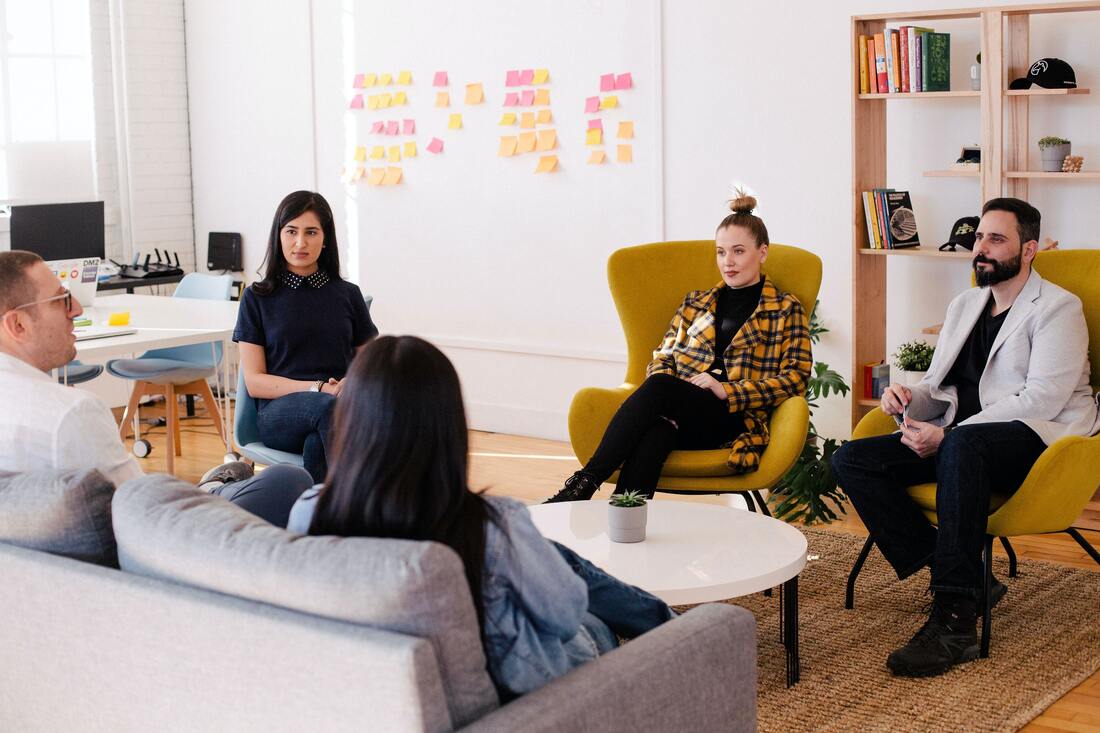 Image by @myleon Image by @myleon What are the entry requirements for Certificate IV Marketing and Communication in Australia? In order to apply for Certificate IV in Marketing and Communication, you must have:
What’s great about a number of education providers across Australia is that they offer a free English test either on campus or online or through a partnership with an English school. You’ll have your results through within 24-28 hours too! Find out more about English courses available in Australia here or contact the team and we can organise an English test for you. Please note: every course requires students to have access to a laptop or tablet in order to complete work in class and at home. What will I learn while studying Certificate IV in Marketing and Communication (BSB40820)?It doesn’t matter if you haven’t studied or worked in marketing before. Certificate IV in Marketing and Communication is designed to teach you basic marketing concepts from how brands analyse consumer behaviour to all things customer service. Skills you will acquire whilst studying Certificate IV in Marketing and Communication:
What career path can I take after studying Certificate IV in Marketing and Communication (BSB40820)? Certificate IV in Marketing and Communication is a great pathway for students hoping to learn more about how the industry works. Students who graduate will have the skills and experience necessary to create presentations, debate ideas and lead effective workplace relationships. Career opportunities can include, but are not limited to, the following:
What are the entry requirements for Diploma of Marketing and Communication (BSB60520)?In order to apply for a Diploma of Marketing and Communication, you must have :
What will I learn while studying Diploma of Marketing and Communication (BSB50620)?Students who choose to study Diploma of Marketing and Communication usually have a background in the subject or are currently working in the field and wish to further strengthen their skill set. Practical skills you will acquire whilst studying Diploma of Marketing and Communication:
You will also develop a wide range of personal skills whilst studying a Diploma of Marketing and Communication such as critical thinking, the ability to problem solve and time management. What career path can I take after completing my Diploma of Marketing and Communication (BSB50620)?A Diploma in Marketing and Communication is a step up from Certificate IV so will open the doors to a wider range of career choices whether you choose to delve into sales, media or marketing. Career opportunities can include, but are not limited to, the following:
What are the entry requirements for Advanced Diploma in Marketing and Communication (BSB60520)? In order to apply for Advanced Diploma of Marketing and Communication, you must have:
What will I learn while studying Advanced Diploma in Marketing and Communication (BSB60520)?The next step is getting your Advanced Diploma in Marketing and Communication. Created for those who have already got the basics down, it’s an opportunity to earn a qualification which is recognised in a wide range of industries. Practical skills you will acquire whilst studying Diploma of Marketing and Communication:
What career path can I take after studying Advanced Diploma of Marketing and Communication (BSB61315)? An Advanced Diploma of Marketing and Communication will give students the opportunity to acquire a broader skill set which in turn, means a chance to climb the career ladder further. Career opportunities can include, but are not limited to, the following:
Where can I study Marketing and Communication in Australia? You can study marketing and communication in a number of colleges across Australia including Sydney, Perth, Byron Bay and Melbourne. In keeping with Covid-19 restrictions, education providers are allowing international students to study online too. If you would prefer to study online, drop us an email and we can hook you up with great deals. You can easily search for courses on offer in your state of choice using the CRICOS search tool. Most colleges offer monthly intake, quarterly intake or intake per semester (February, July). How long does a Marketing and Communication course take? Course lengths will vary slightly depending upon the college. Due to Covid-19 restrictions, face-to-face learning and online webinars are currently available at all educational institutions.
Below, we have provided a rough guide to course timelines. Please make sure to always check carefully the course lengths offered by each education provider.
There is also the option to package your marketing course or diploma with different subjects such as business, project management or leadership and management. If you need assistance choosing a package, please contact us today for free advice and support. Possible marketing and communication course packages
Possible marketing course packages with different courses
Project Management is one of the most popular courses in Australia, as it gives students the opportunity to acquire skills which can be applied to a wide variety of jobs - no matter what industry you’re in. It’s designed to provide students with the technical and managerial skills needed to plan, execute and evaluate the work of themselves and others. Handy skills to have on your resume, right? From entry requirements to potential career pathways, find out everything you need to know about studying Project Management in Australia below. What are the entry requirements for project management in Australia?There are no skill-based entry requirements for project management courses whether you’re applying for Certificate IV, Diploma or Advanced Diploma. If you have already studied the likes of business or marketing, you may decide to apply for an Advanced Diploma of Project Management. However, be prepared for this to be a potentially harder route. Most colleges require international students from non-English speaking countries to have completed a minimum of Year 10 - Year 12, Upper Intermediate level of English or IELTS 5.0. At TAFE or Australian universities, they always require Academic IELTS, Academic PTE, TOEFL (iBT), Pearson Tests of English (PTE) Academic or an English-recognised qualification. What’s great about a number of education providers across Australia is that they offer a free English test either on campus or online or through a partnership with an English school. You’ll have your results through within 24-28 hours too! Find out more about English courses available in Australia here or contact the team and we can organise an English test for you. What will I learn while studying Certificate IV in Project Management (BSB40920)?Certificate IV in Project Management is the lowest certificate or qualification you can take. Skills you will acquire whilst studying Certificate IV Project Management:
What career path can I take after studying Certificate IV in Project Management (BSB40920)?Project management is a great pathway as it gives students the opportunity to explore different career paths. Your experience will prove incredibly useful in a number of different managerial roles while your communication and collaborative skills will be a great asset to any job. Career opportunities can include, but are not limited to, the following:
What will I learn while studying a Diploma of Project Management (BSB50820)?Studying a Diploma of Project Management will teach individuals the skills to plant and implement a wide range of leadership and management functions. It also gives students the tools and experience necessary to manage project time, risks and cost. What career path can I take after studying Diploma of Project Management (BSB50820)?Those who decide to study at the next level of project management will be able to progress further in the industry. For instance, there is the opportunity to apply the skills and knowledge acquired to more managerial positions. Career opportunities can include, but are not limited to, the following:
What will I learn while studying Advanced Diploma of Project Management (BSB60720)?Students who choose to study Advanced Diploma of Project Management are usually already working in the Project Management field and wish to strengthen their skill set. Skills you will acquire whilst studying Advanced Diploma of Project Management:
Did you know that after completing your Advanced Diploma, you can apply for a Bachelor Degree in the subject? By passing your course, you can even earn credits towards your Bachelor Degree through Recognition Prior Learning. That means, you can receive incredible discounts worth up to four units. That’s worth getting your head in your books, huh? You can find out more about Recognition Prior Learning on the Australian Government website or via TAFE if you plan to study one of the courses they offer. What career path can I take after studying Advanced Diploma of Project Management (BSB60720)?Studying Advanced Diploma in Project Management could open the doors to a number of different industries from construction to the world of business. Career opportunities can include, but are not limited to, the following:
Where can I study Project Management in Australia?You can study Project Management in many of Australia’s major cities including Melbourne, Perth, Brisbane and Sydney - to name just a few! In keeping with Covid-19 restrictions, education providers are also allowing international students to study online too. If you would prefer to study online, drop us an email and we can hook you up with great deals. You can easily search for courses on offer in your state of choice using the CRICOS search tool. Most colleges offer monthly intake, quarterly intake or intake per semester (February, July). How much does a Project Management course cost in Australia?Certificate IV, Diploma and Advanced Diploma of Project Management slightly differ in price depending upon the college. Most educational institutes are flexible with the payment structure too. You can pay weekly, monthly, fortnightly or quarterly. A tailored instalment plan can also be created if desired. Our expert team is up to date with college start dates, prices and timetables. Please don’t hesitate to get in touch for free information. How long does a course in Project Management take?Course lengths will vary slightly depending upon the college. Due to Covid-19 restrictions, face-to-face learning and online webinars are currently available at all educational institutions.
Certificate IV in Project Management (BSB40920) Course length: 40-52 weeks (including holidays) Diploma of Project Management (BSB50820) Course length: 52 weeks (including holidays) Advanced Diploma of Project Management (BSB60720) Course length: 52 weeks (including holidays) There is also the option to package your project management course or diploma with different subjects such as business or marketing. If you need assistance choosing a package, please contact us today for free advice and support. Possible Project Management Course Packages
Possible Project Management Courses Packages with Different Courses
As part of our Q&A series, Study Online Australia had the pleasure of speaking to Taylor, who recently moved to Australia from the United States. Study Online Australia helped Taylor to apply for two student visas. After completing an Advanced Diploma in Social Media, she is now studying for her Diploma of Leadership and Management in Melbourne. We chatted to Taylor all about her experience of living in Australia so far and asked for her top tips on studying down under. Read our interview with Taylor below. What inspired you to study in Australia?Australia is the kind of place people where I'm from always talk about going to but never do. It was important for me to continue my education in an innovative and forward thinking place and Melbourne is just that. It's great being surrounded by a diverse community and people with different perspectives on life than my own. What do you love about your course and why?I love that my course is relevant to my passions and I use the skills learned in my work place but also in my daily life. How did Study Online Australia help you to find the right course?Study Online Australia's director Pavla is the best! She is helpful, thorough and makes sure you are aware of everything the course will involve in regards to costs, units, etc. I could not have felt this confident in my study without Pavla's support. How did you find the student visa application process?The student application process was manageable thanks to Pavla and her assistance. I'm passionate about what I'm doing so I think that helped to make the process easier for me. What advice would you give to aspiring students dreaming of studying in Australia?A helpful tip I feel I could give students studying in Australia is to always be open to learning and trying new things. Everyone you meet has something they can teach you and you can provide people with so much value yourself! Keeping your mind and heart open to what's to come is equally as important as the education you'll receive.
The cheapest Business courses on offer for international students in Australia on a student visa4/21/2021 Do you dream of starting your own business? With many turning their backs on the 9-5 grind, it comes as no surprise to learn that international students flock from around the world to study business in Australia. Certificate III in Business, Certificate IV in Business, Diploma of Business and Advanced Diploma of Business are designed to prepare students for work in a wide number of industries. You’ll develop and strengthen skills in identifying, planning, developing and managing tasks - all of which are fundamental to the successful running of a business. Not only is studying a stepping stone to one day launching your own business, it will also give you the knowledge and confidence needed to effectively lead teams, manage projects and excel in any work environment. Below, find out everything you need to know about studying business on a student visa in Australia from entry requirements to choosing where to study down under. The below courses are CRICOS registered for international students wanting to study in Australia - meaning students are eligible to apply for a student visa in Australia. What are the entry requirements for business?There are no skill-based entry requirements for business courses whether you’re applying for Certificate III, Certificate IV or Advanced Diploma. However, most colleges require international students from non-English speaking countries to have completed a minimum of Year 10 - Year 12, Upper Intermediate level of English or IELTS 5.0 . At TAFE or Australian universities, they always require Academic IELTS, Academic PTE, TOEFL (iBT), Pearson Tests of English (PTE) Academic or an English-recognised qualification. What’s great about a number of education providers across Australia is that they offer a FREE English test either on campus or online or through a partnership with an English school. You’ll have your results through within 24-28 hours too. Find out more about English courses available in Australia here or contact the team and we can organise an English test for you. What will I learn while studying Certificate III in Business?Certificate III in Business is a great starting point for students who are new to the subject and wish to expand their knowledge and skills. Below, find a list of some of the skills you will learn whilst studying:
What will I learn while studying Certificate IV in Business?Certificate IV in Business is a good option for administrators and project managers or students looking to broaden their knowledge of the business world. Below, find a list of some of the skills you will learn whilst studying:
What career path can I take after studying a Diploma of Business?A Diploma of Business is designed for students already familiar with the subject who are looking to progress into a managerial role. You can study a Diploma of Business after completing your Certificate IV in Marketing. Career opportunities can include, but are not limited to, the following:
How much does a business course cost in Australia?Certificate III in Business, Certificate IV in Business and a Diploma of Business are the most affordable courses on offer in Australia. Most colleges are very flexible with the payment structure too.
Our expert team is up to date with college start dates, prices and timetables. Please don’t hesitate to get in touch for free information. How long does a business course take?Course lengths vary depending upon the college and location but in most colleges, you will find similar course lengths. Due to Covid-19 restrictions, face-to-face learning and online webinars are currently available at most colleges.
Intake is monthly, every two months, quarterly or sometimes every Monday and study time is 20 hours a week. Certificate III in Business Course length: six months (26 weeks) Certificate IV in Business & Diploma of Business & Advanced Diploma Course length: 40 - 52 weeks (including holidays) There is also the option to package courses together with just one student visa as demonstrated below:
There is also the option to package your business certificate or diploma with different subjects such as Social Media, Leadership & Management, Accounting or Project Management. If you need assistance choosing a package, please contact us today for free advice and support. |
AuthorPavla, The Director Archives
August 2022
Categories |
WE'RE INDUSTRY RECOGNISED
Study Online Australia Pty Ltd
Skype Name: studyonlineaustralia ; Contact Number: +61 410 458 847
© Copyright 2023
All rights reserved
PO BOX 5190, Greystanes, NSW 2145 Australia ABN 20 159 449 699

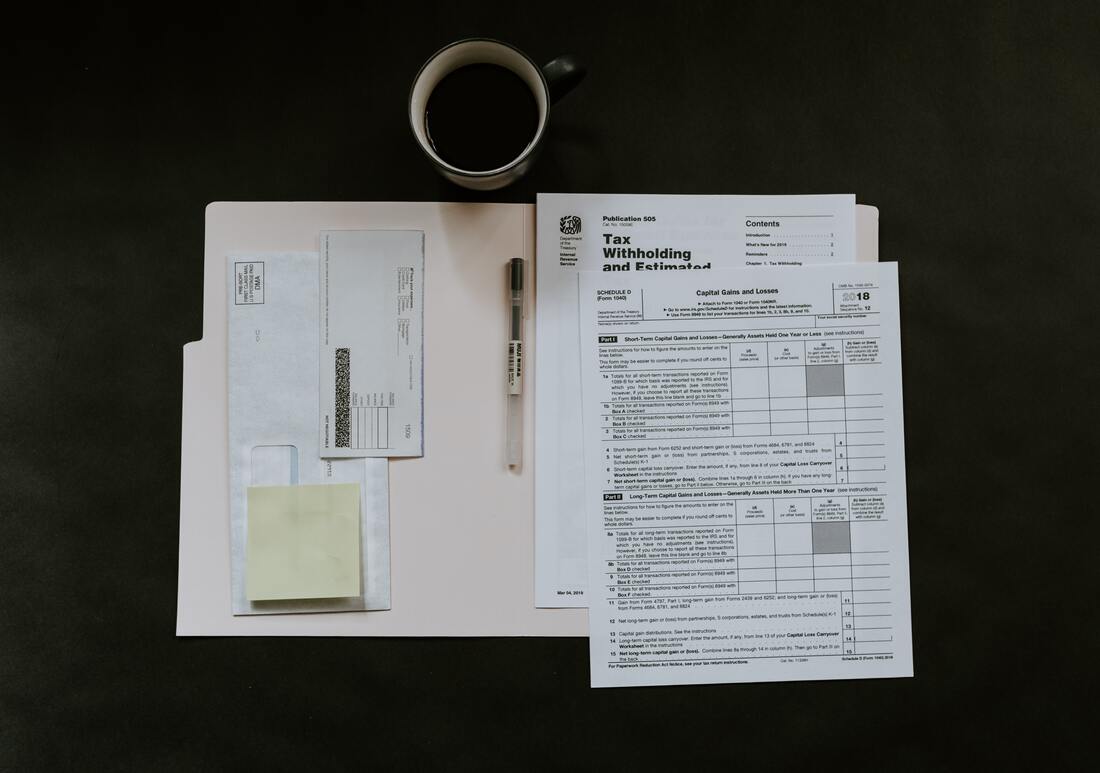


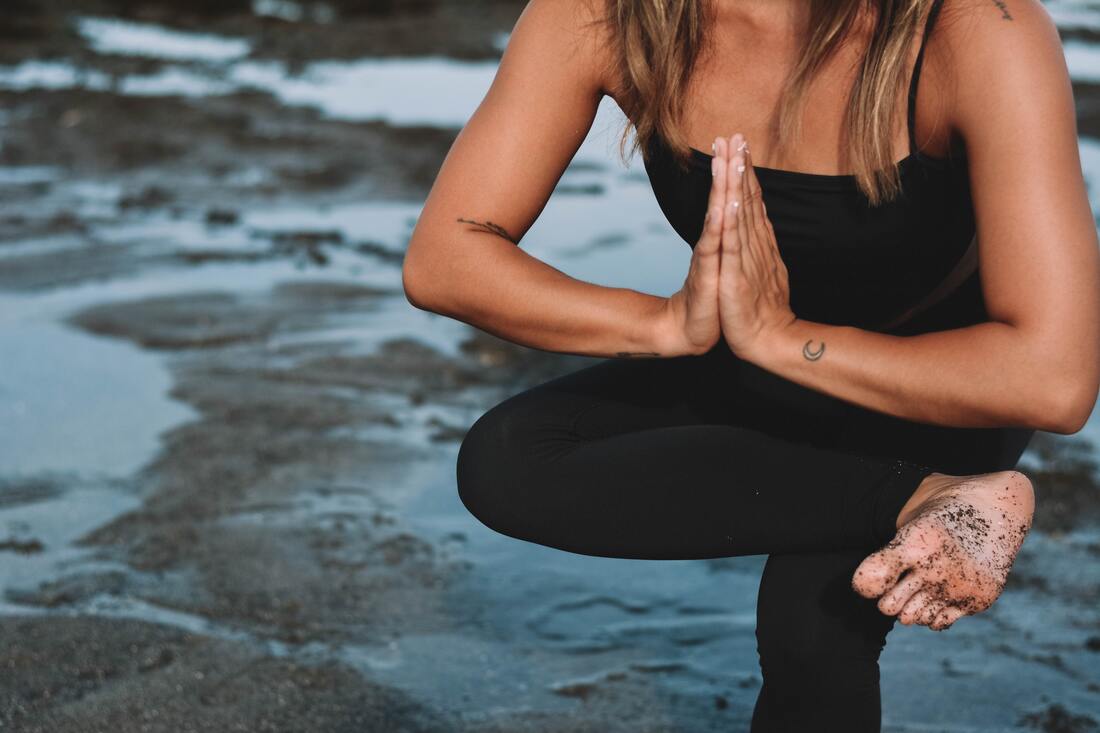
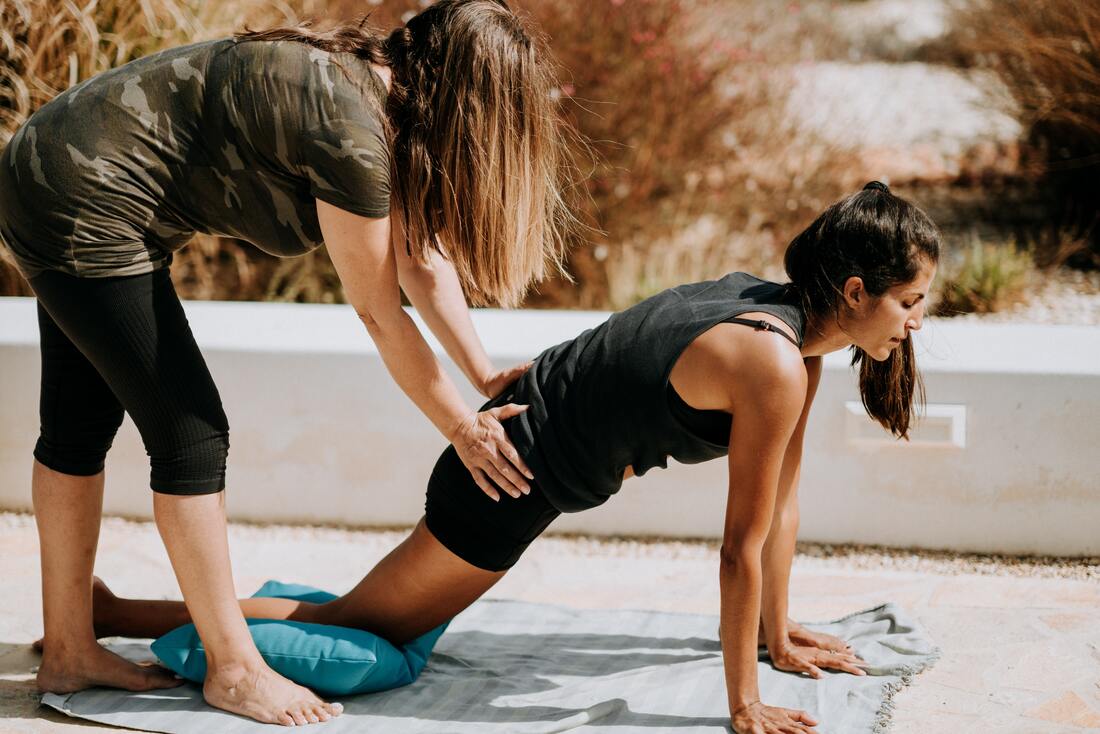
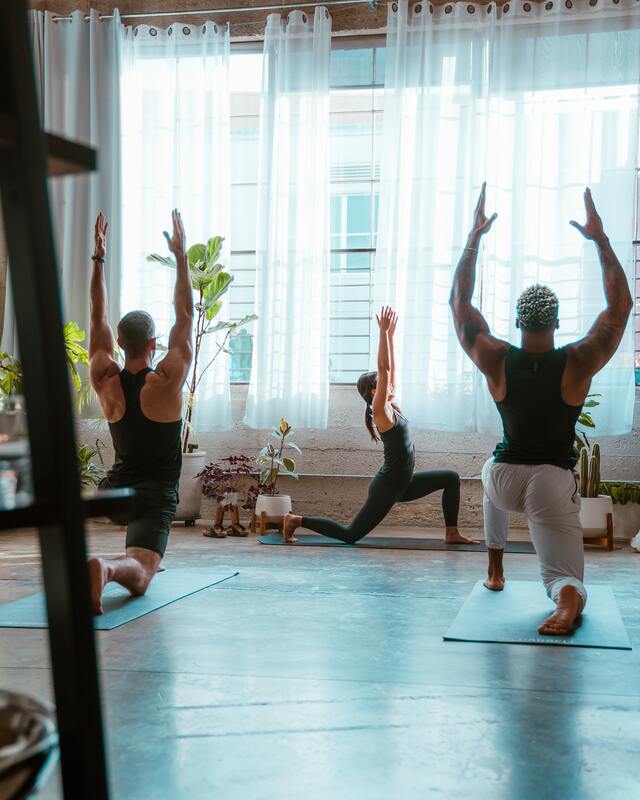
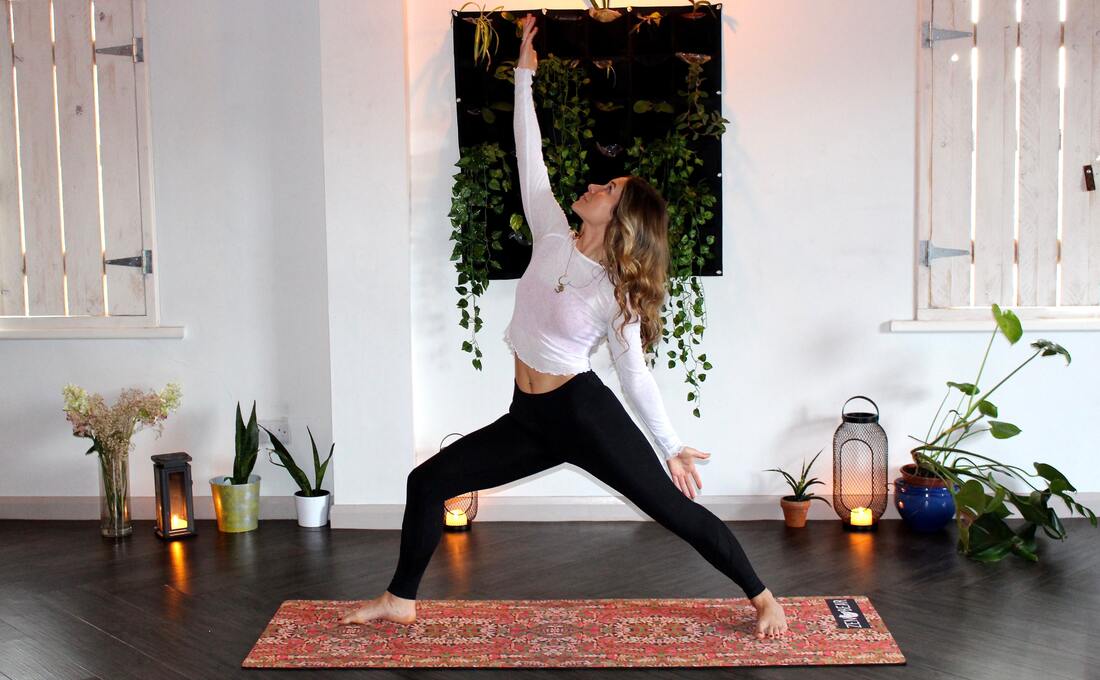
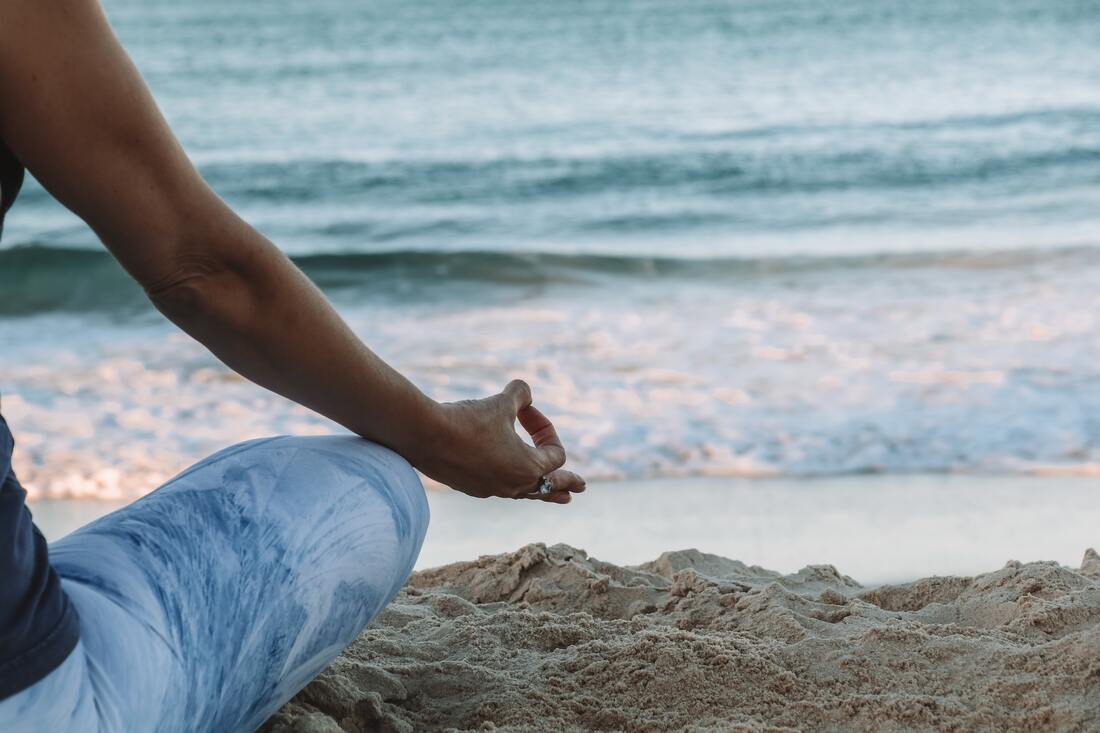
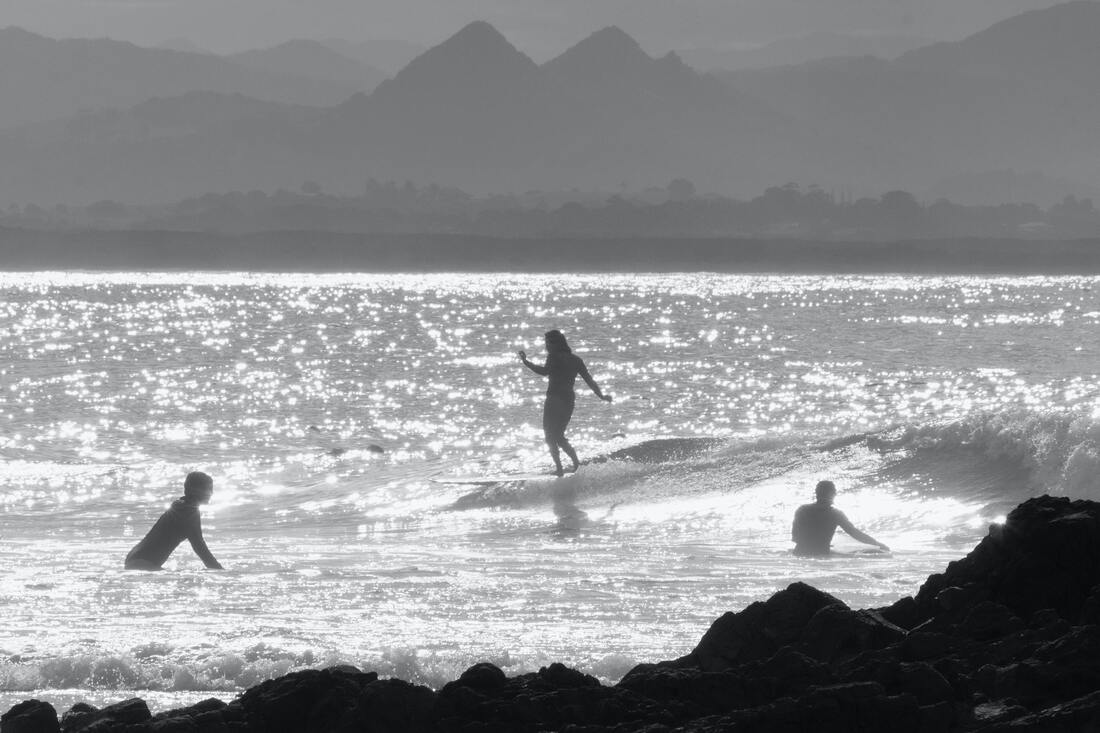
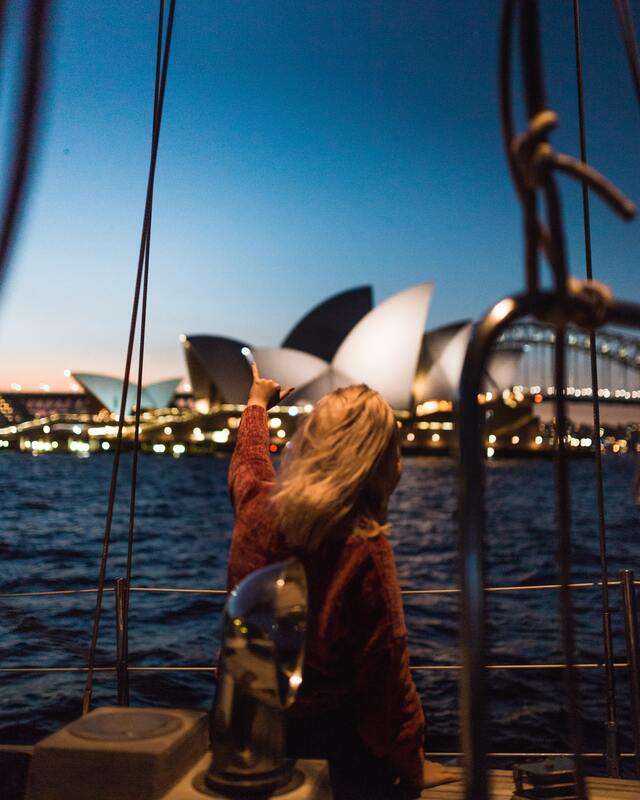

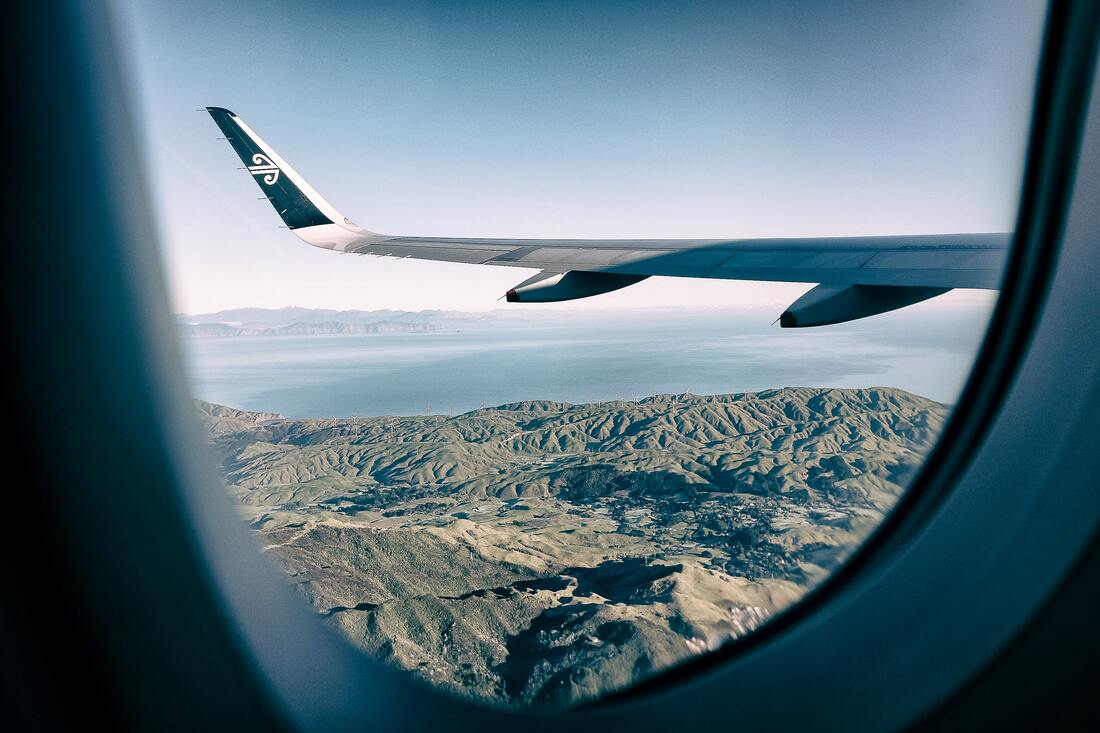
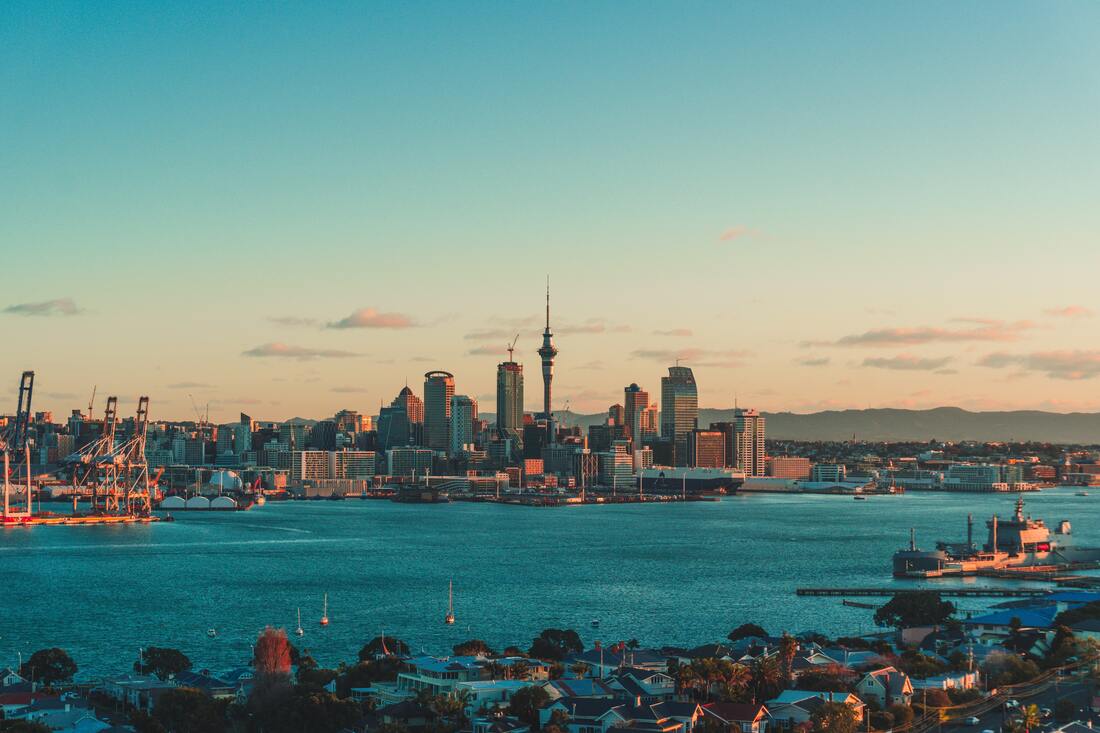
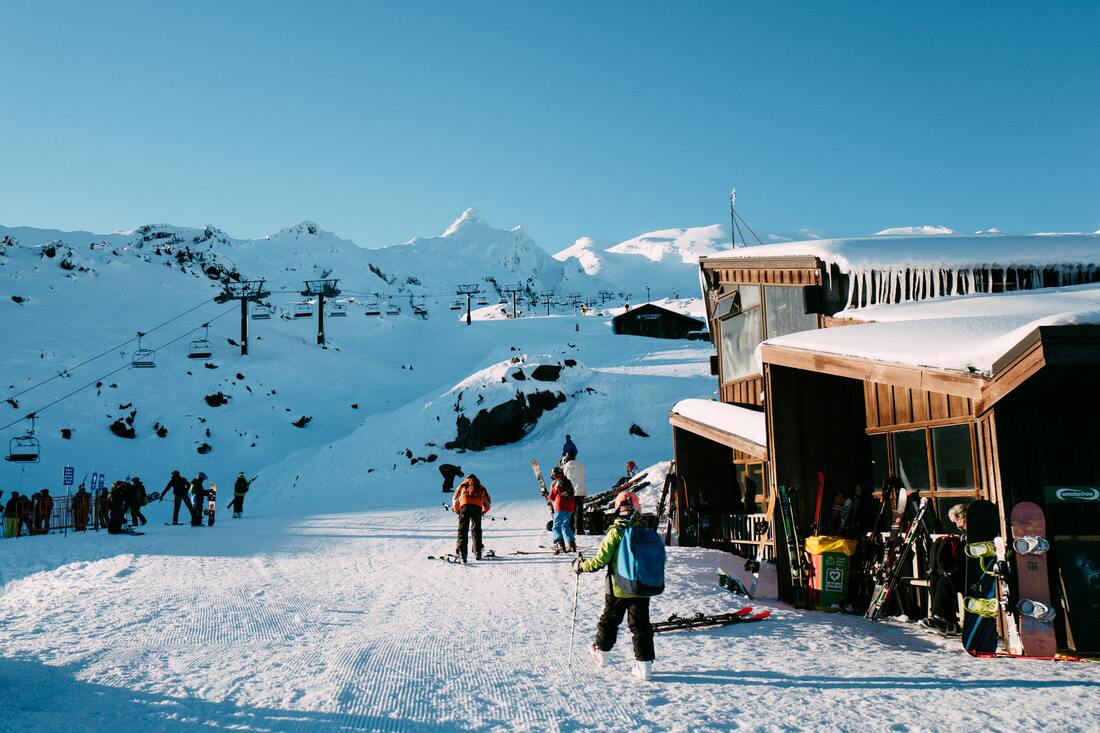
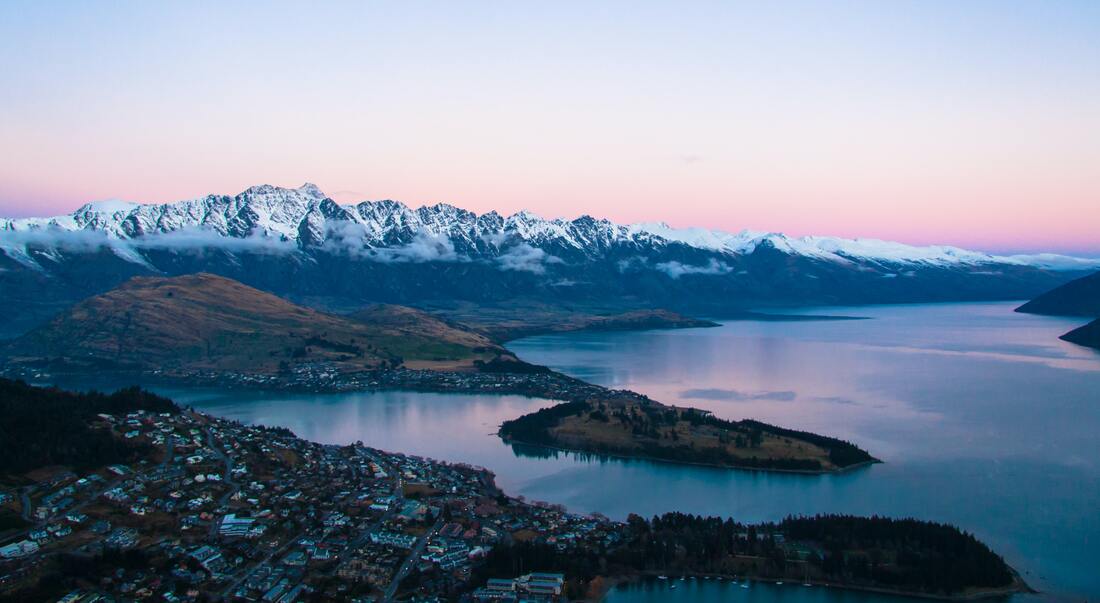
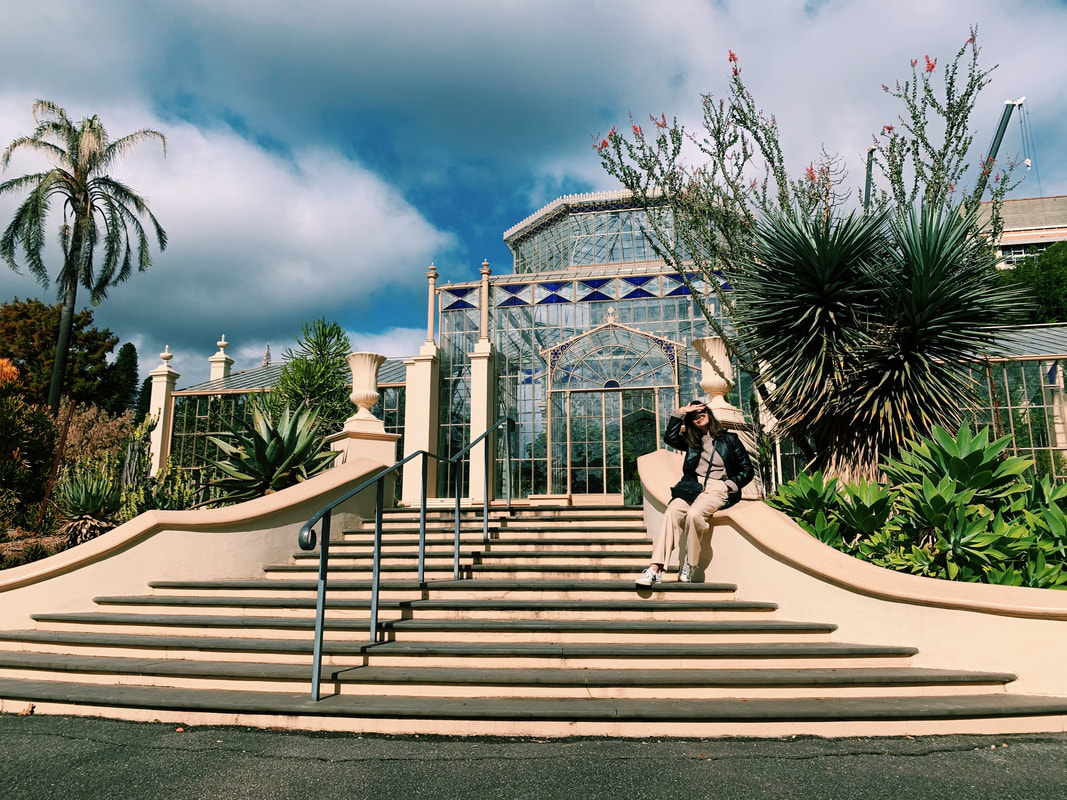
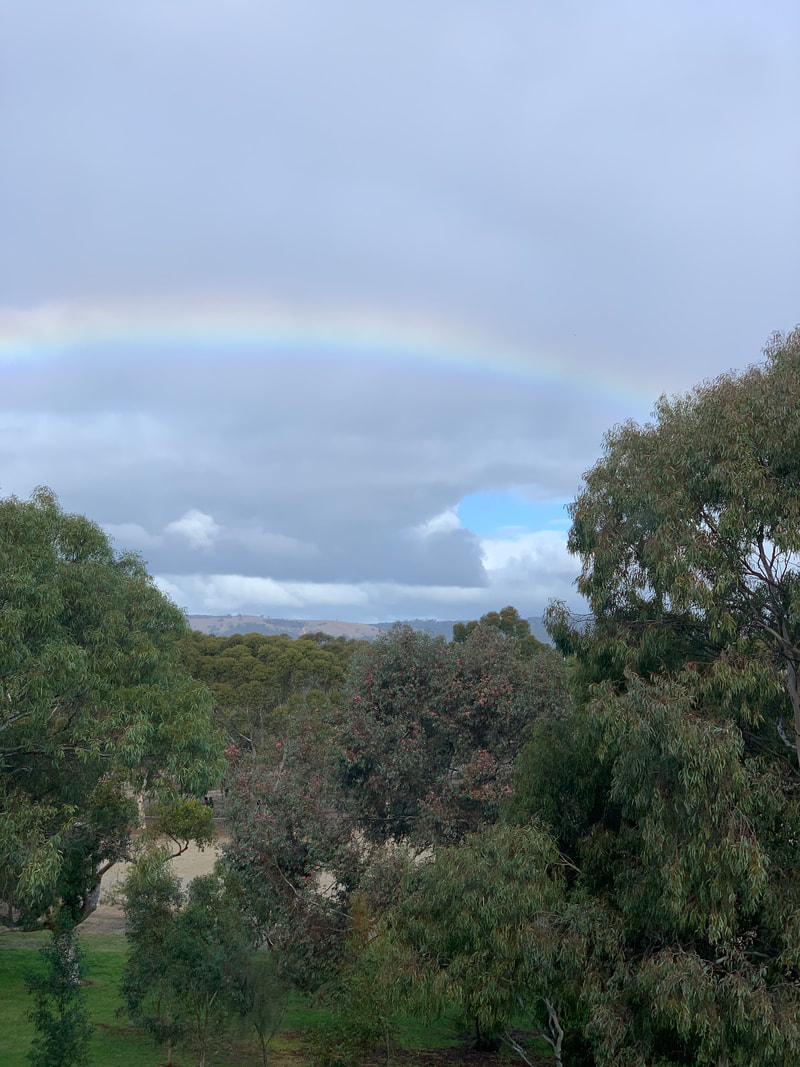
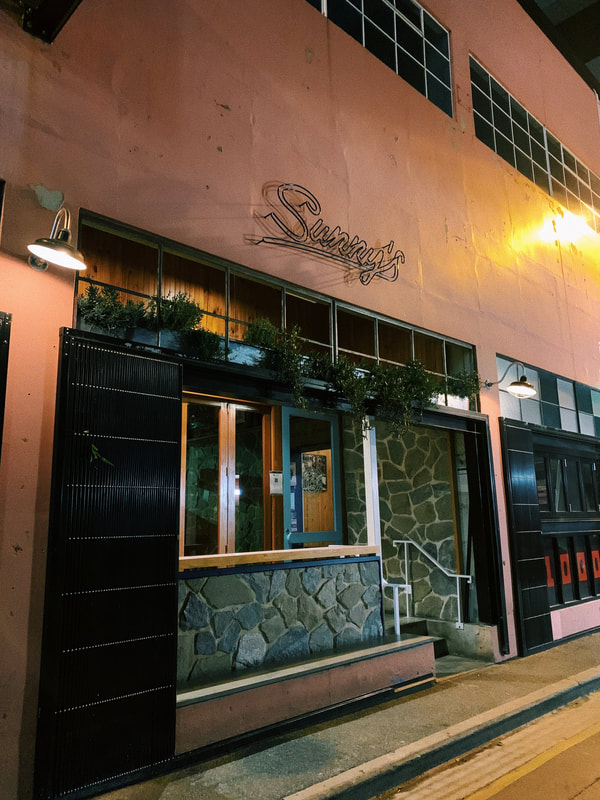
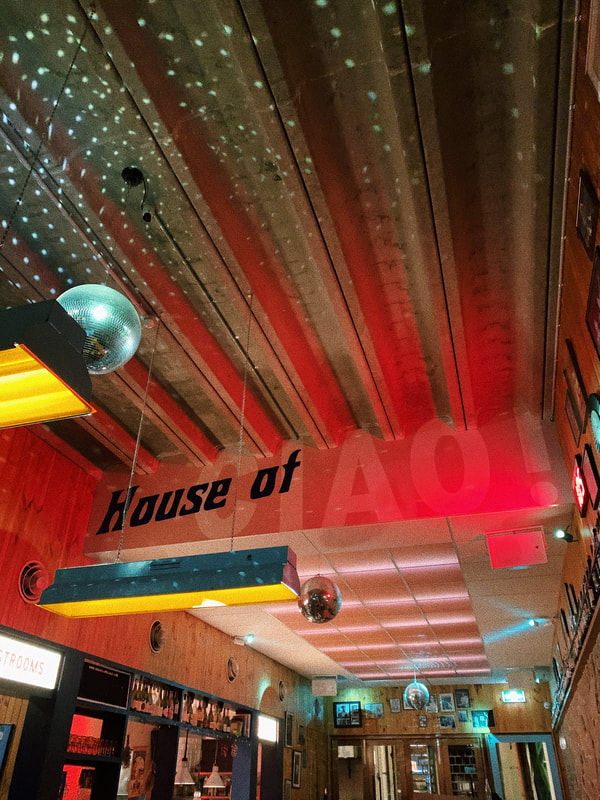
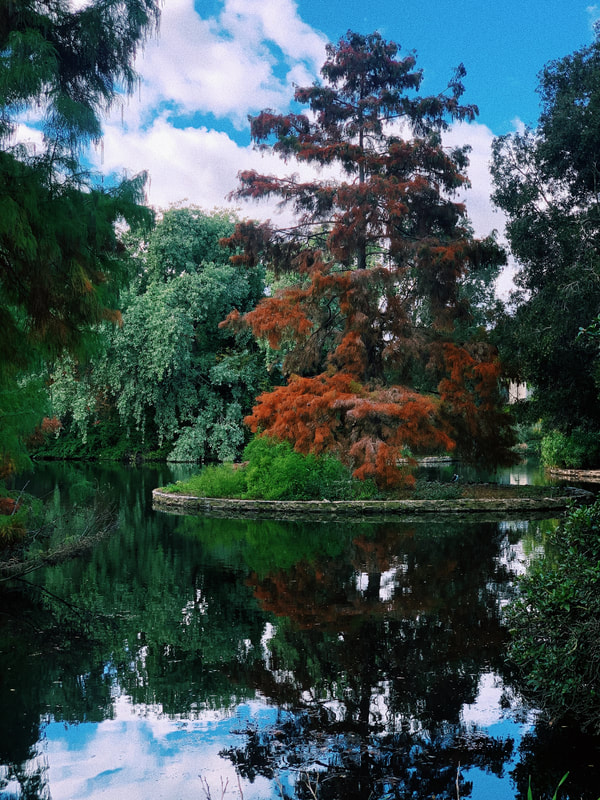
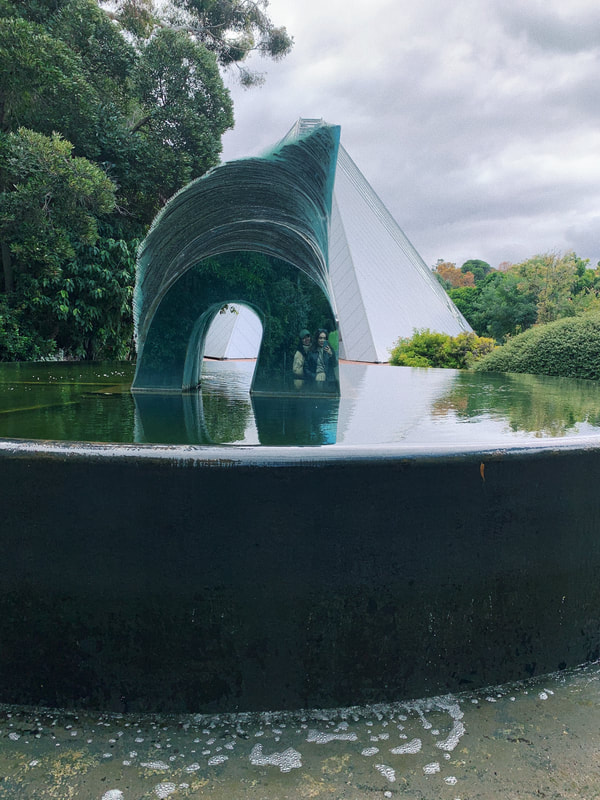

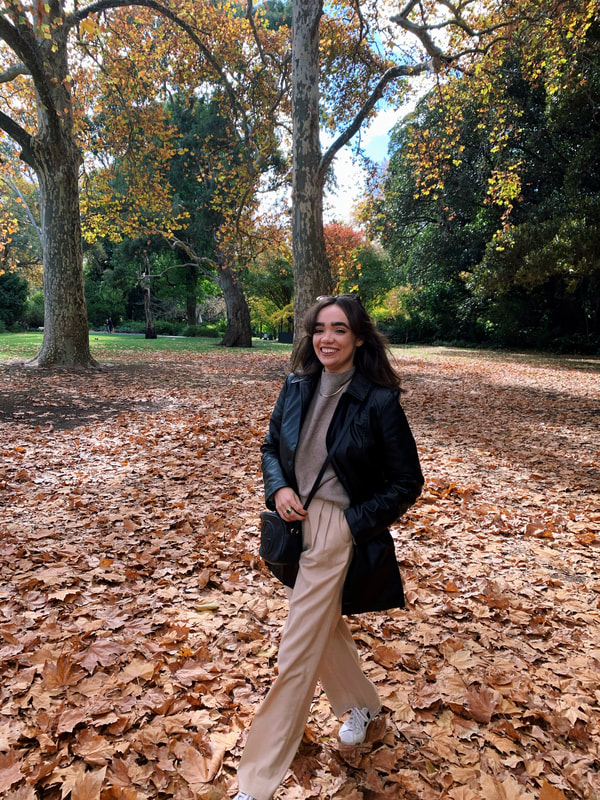
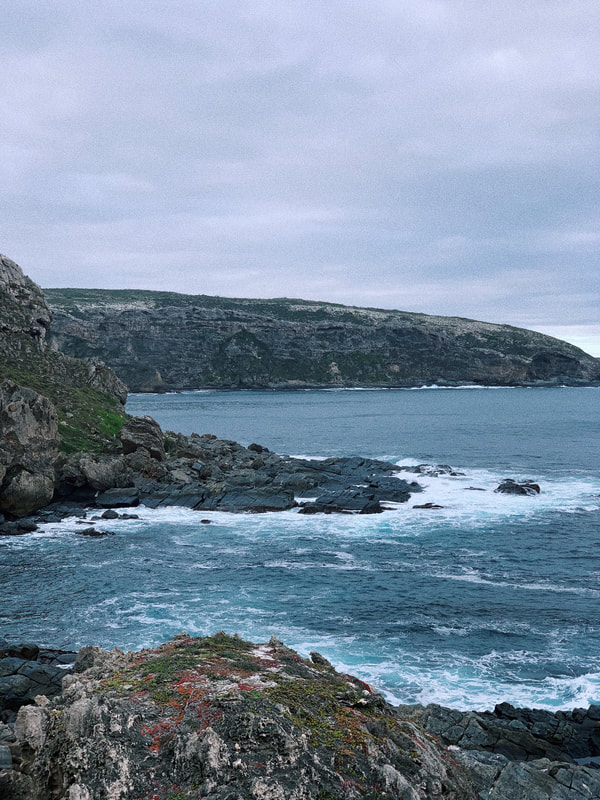
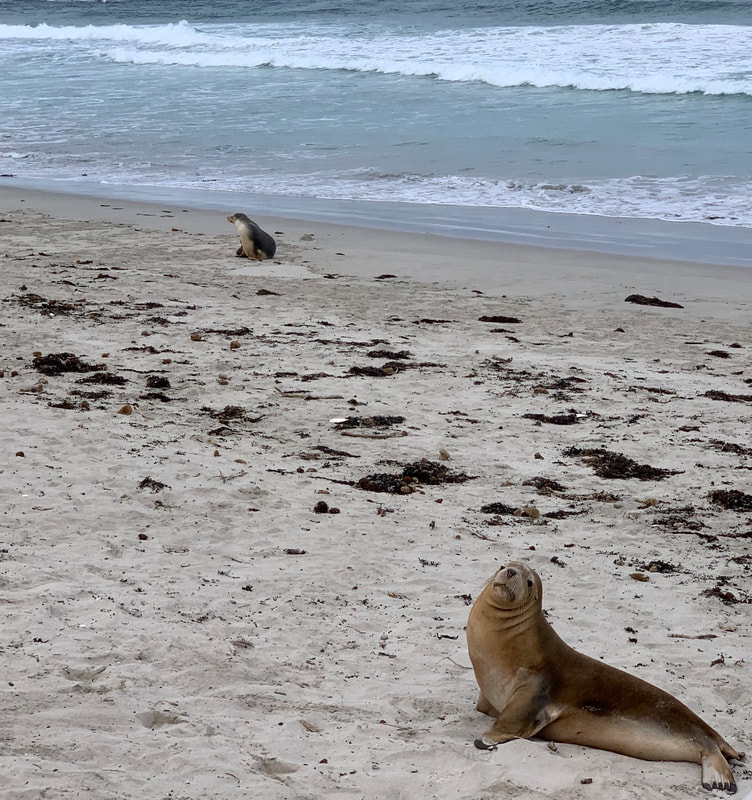
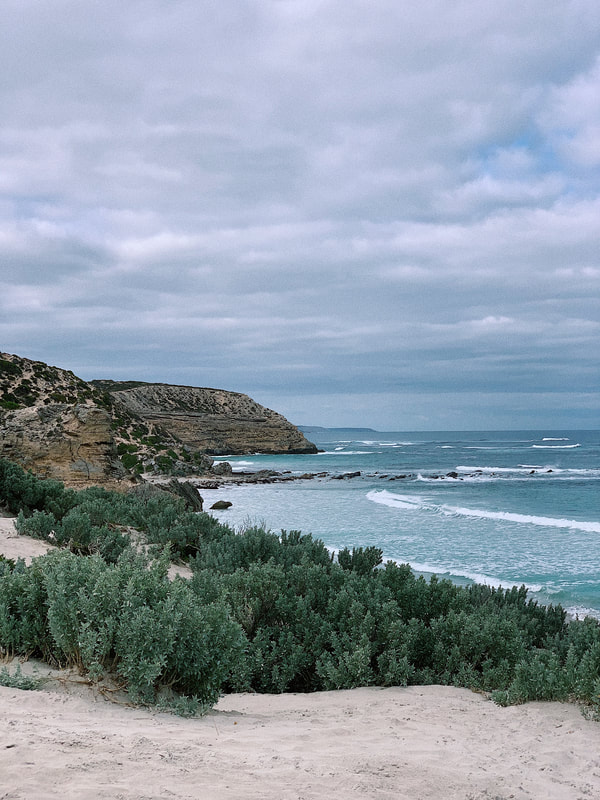

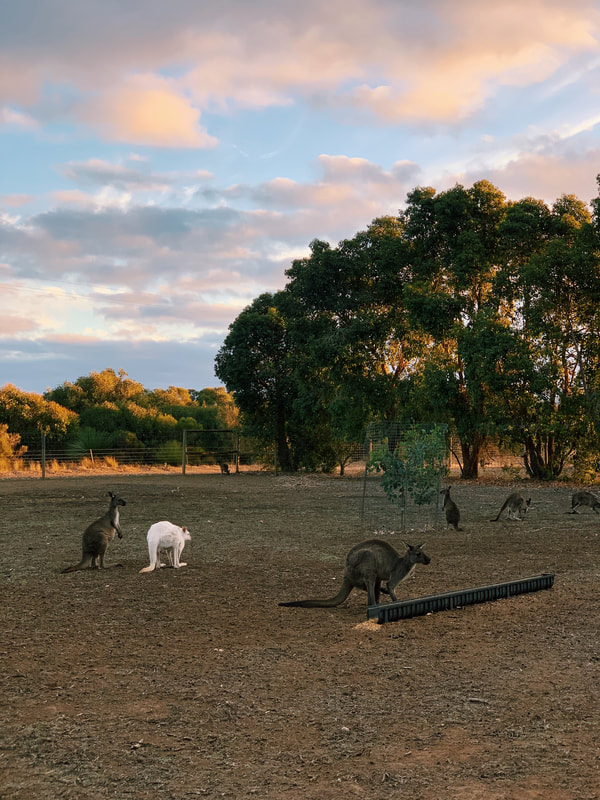
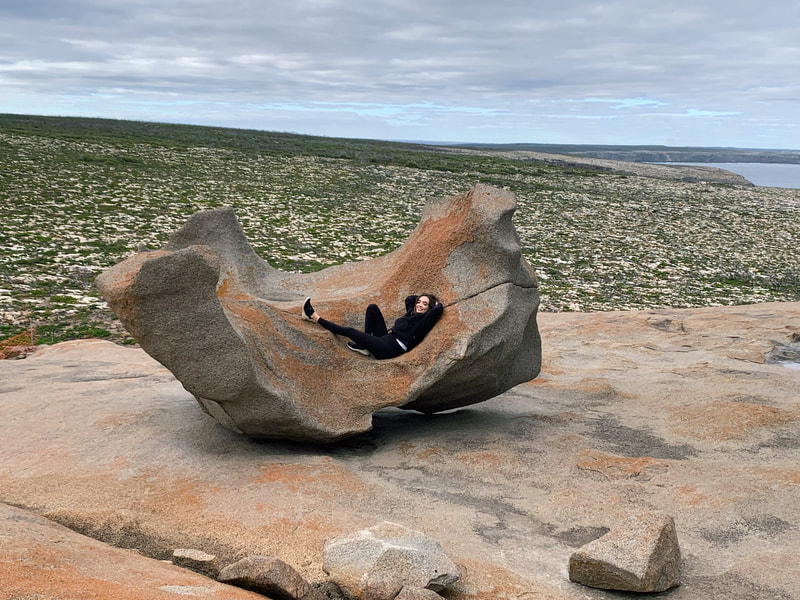
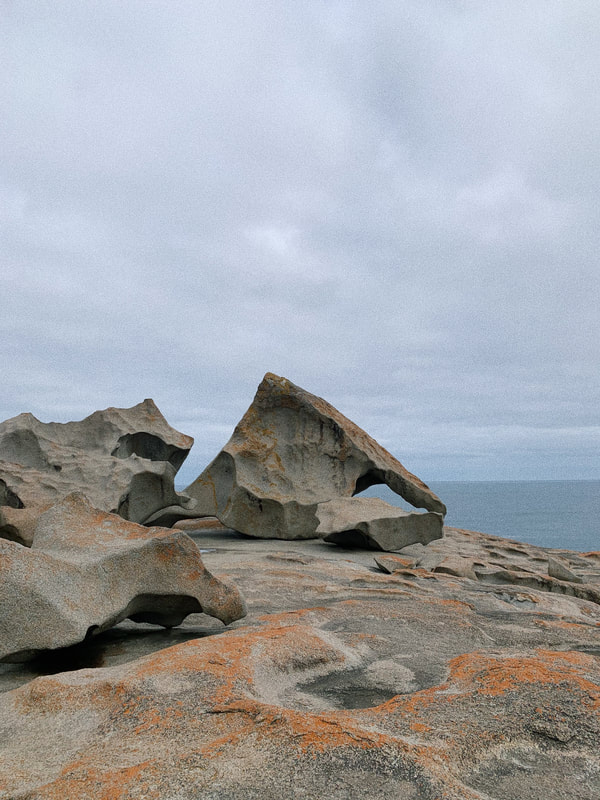
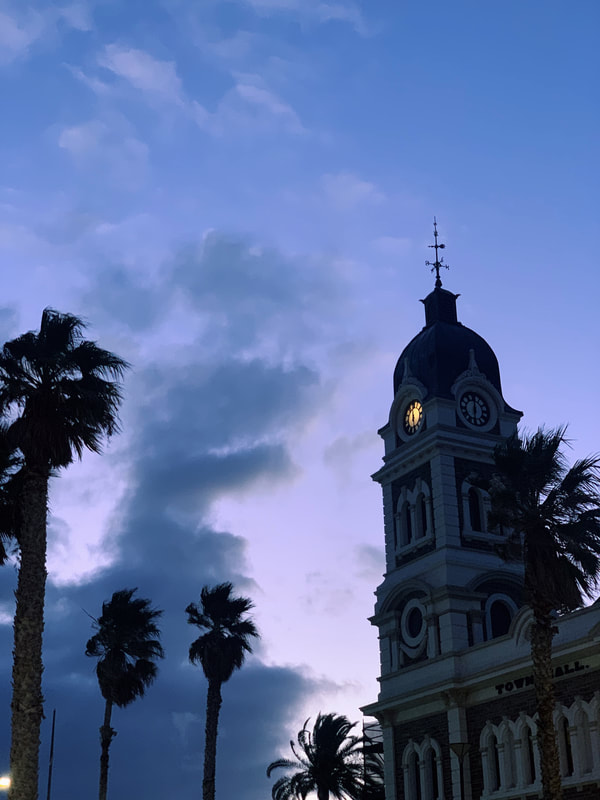
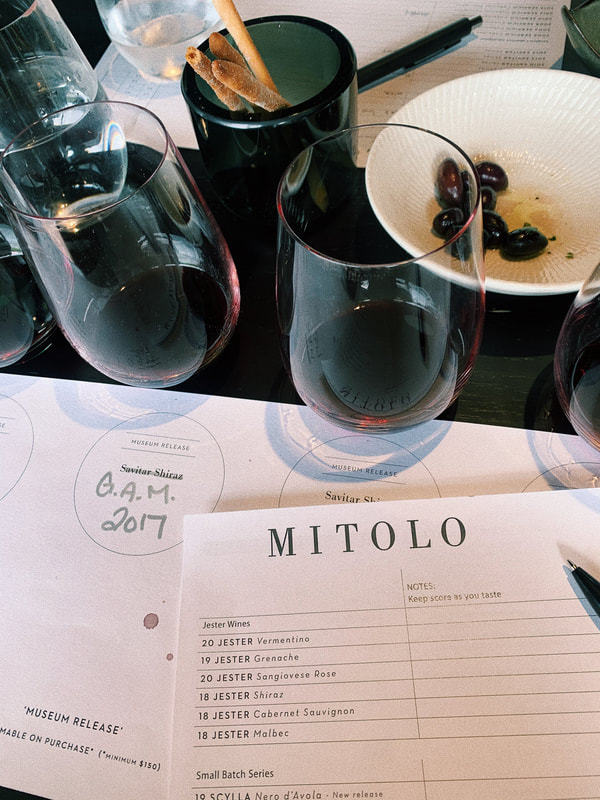
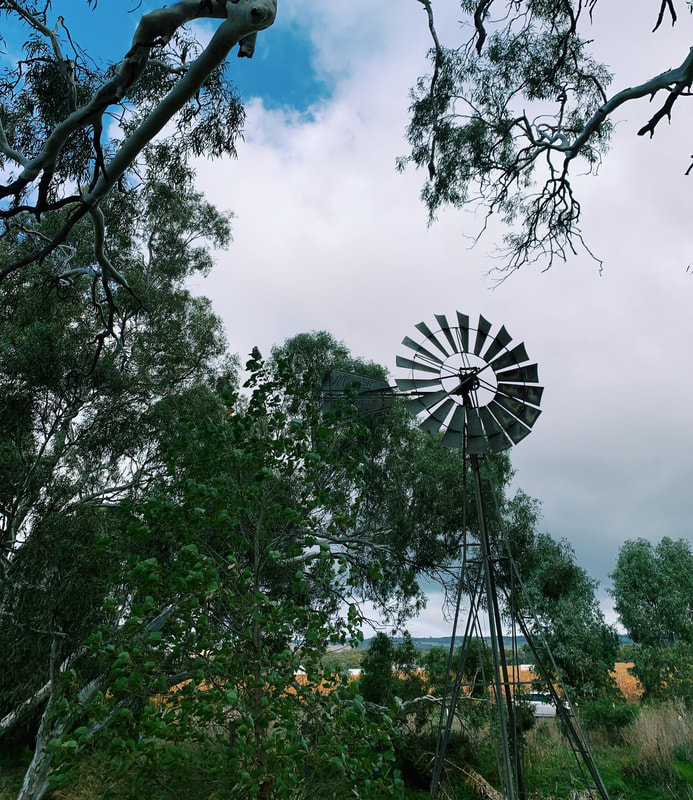
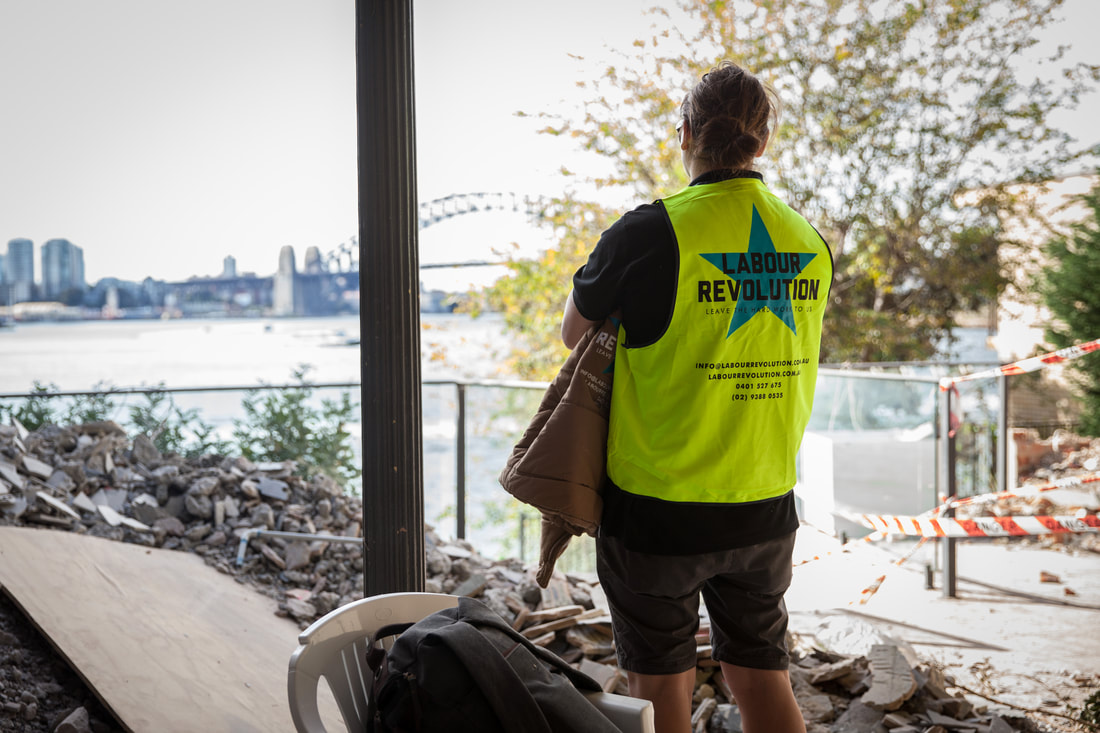
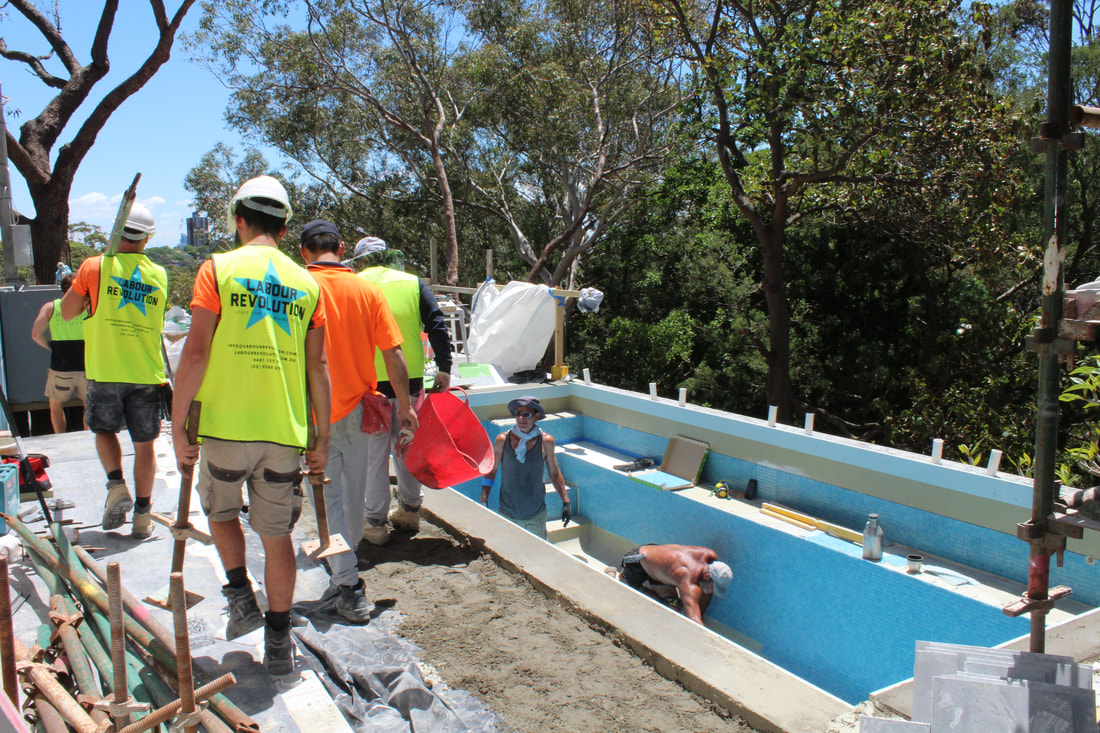
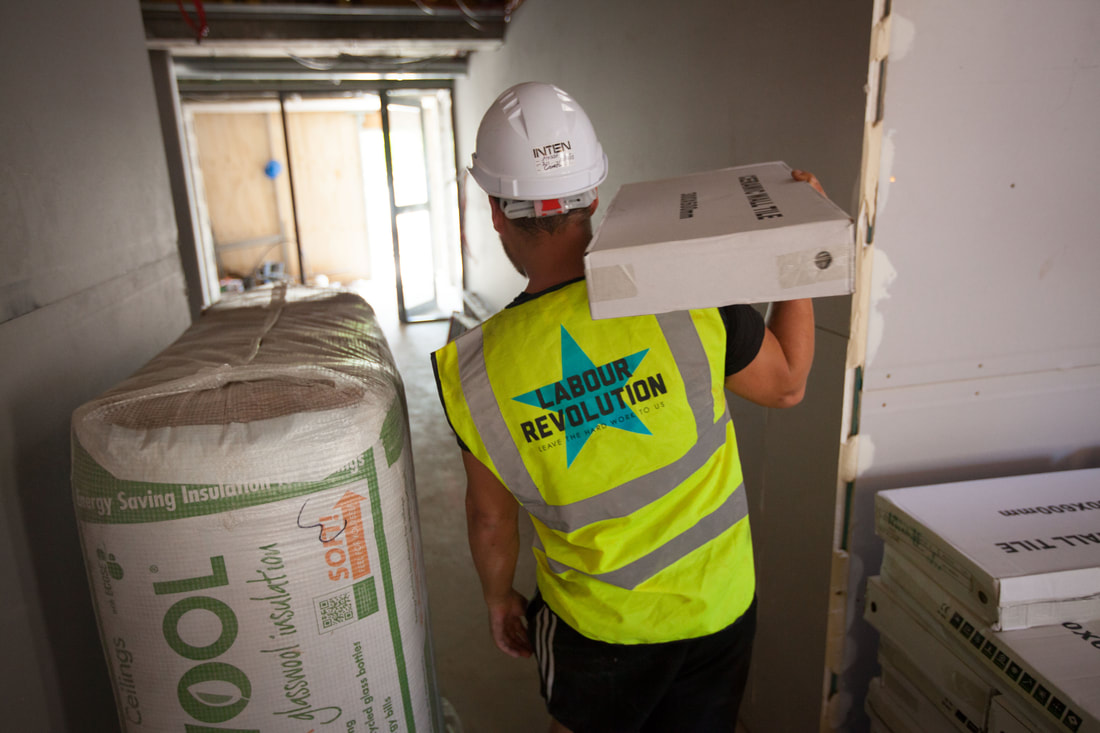
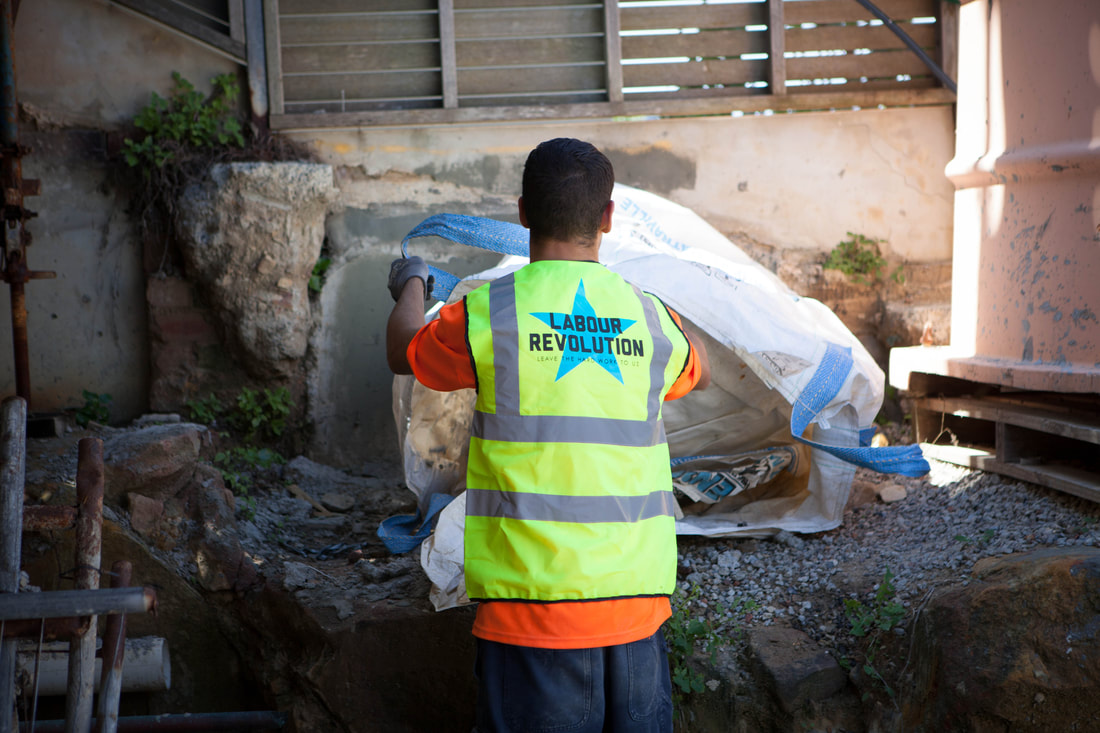

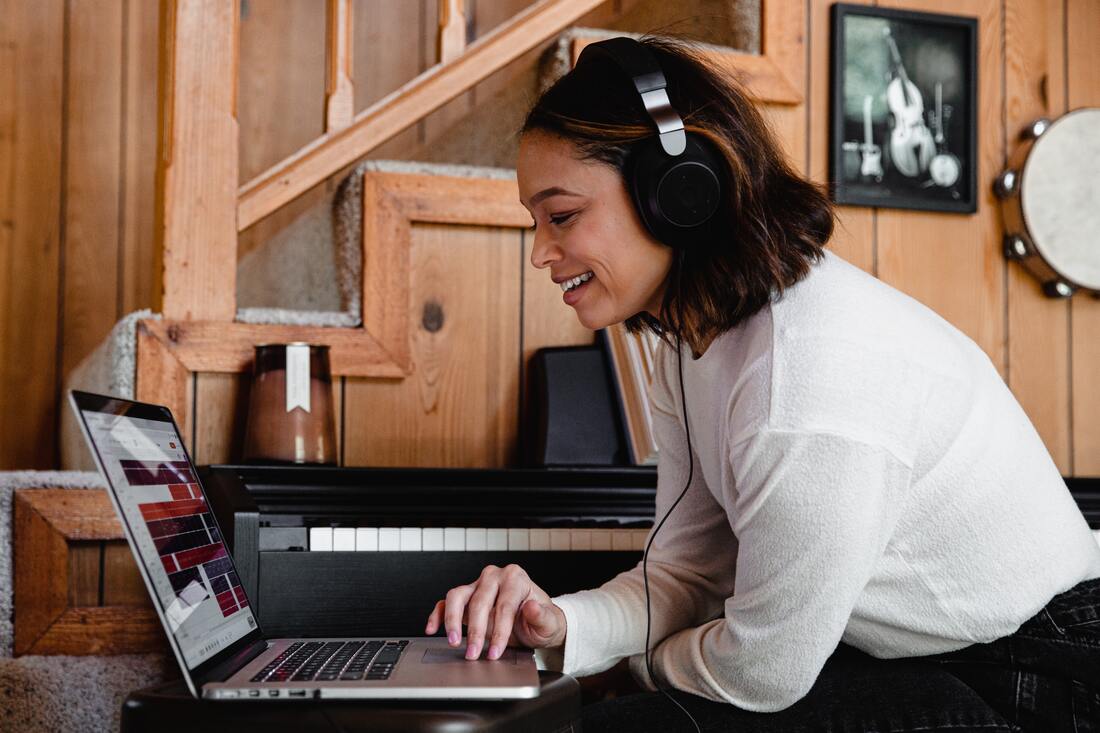
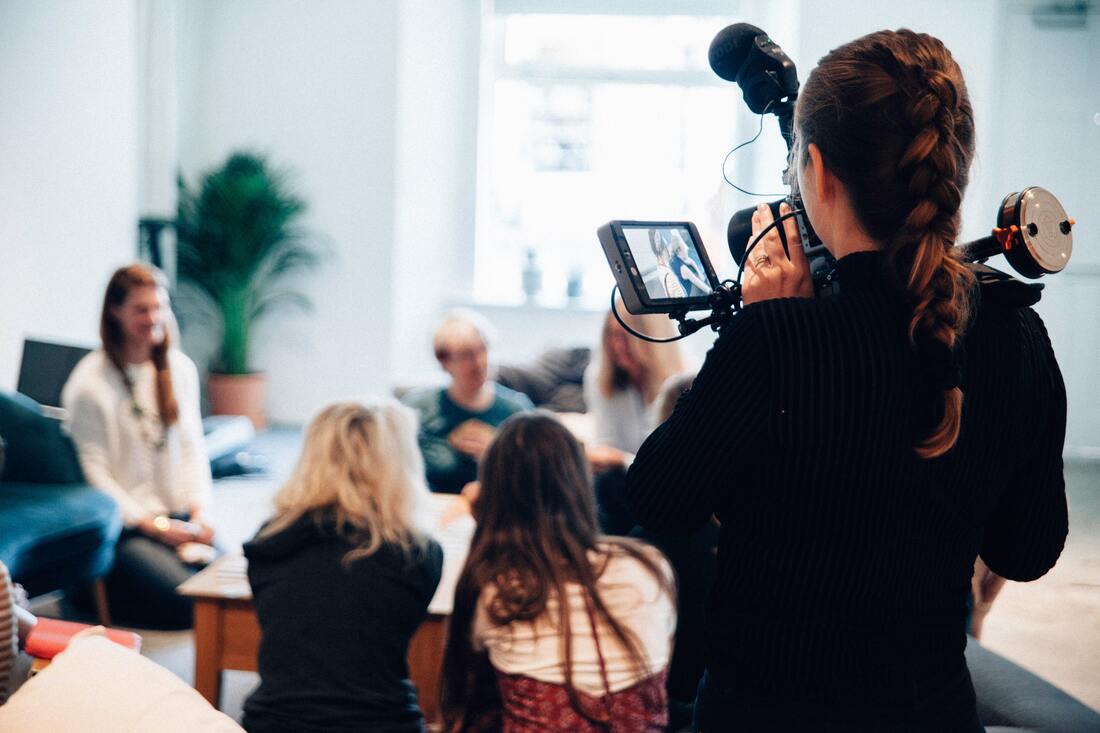
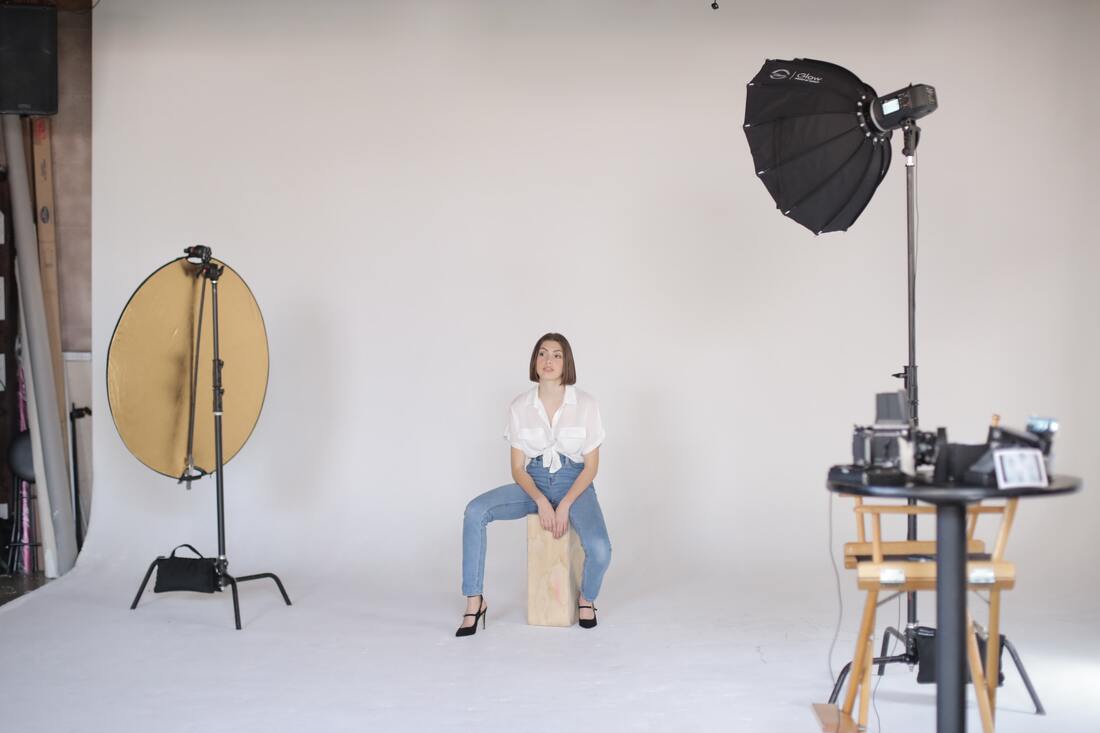
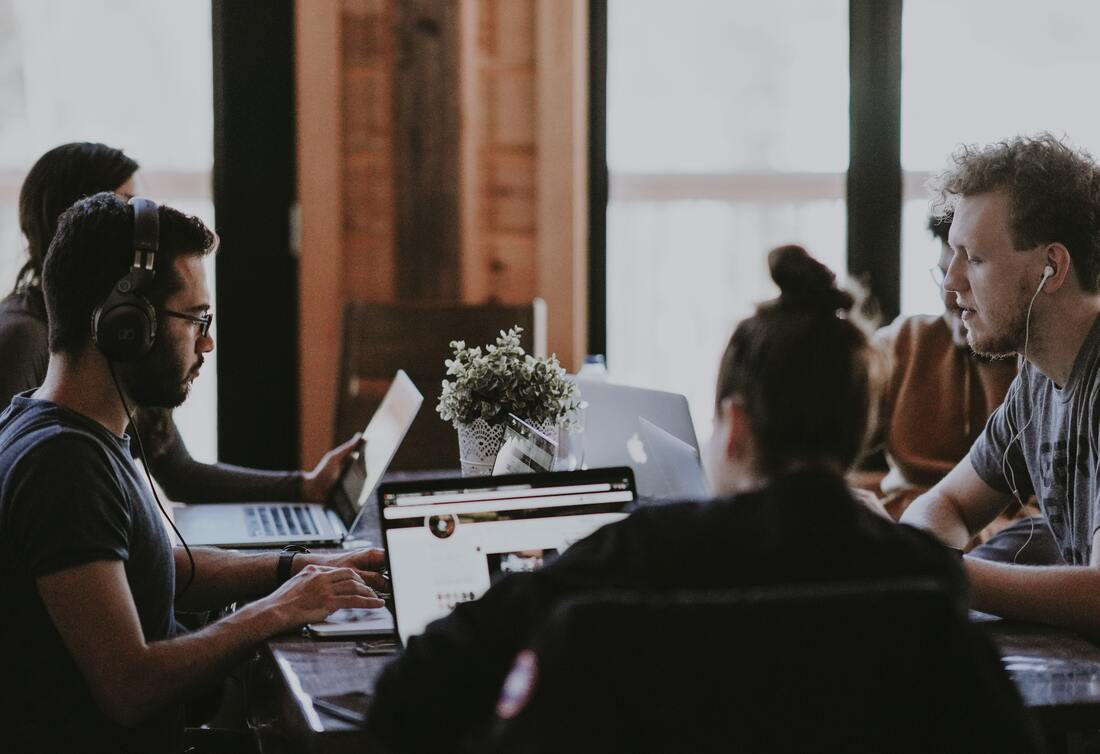
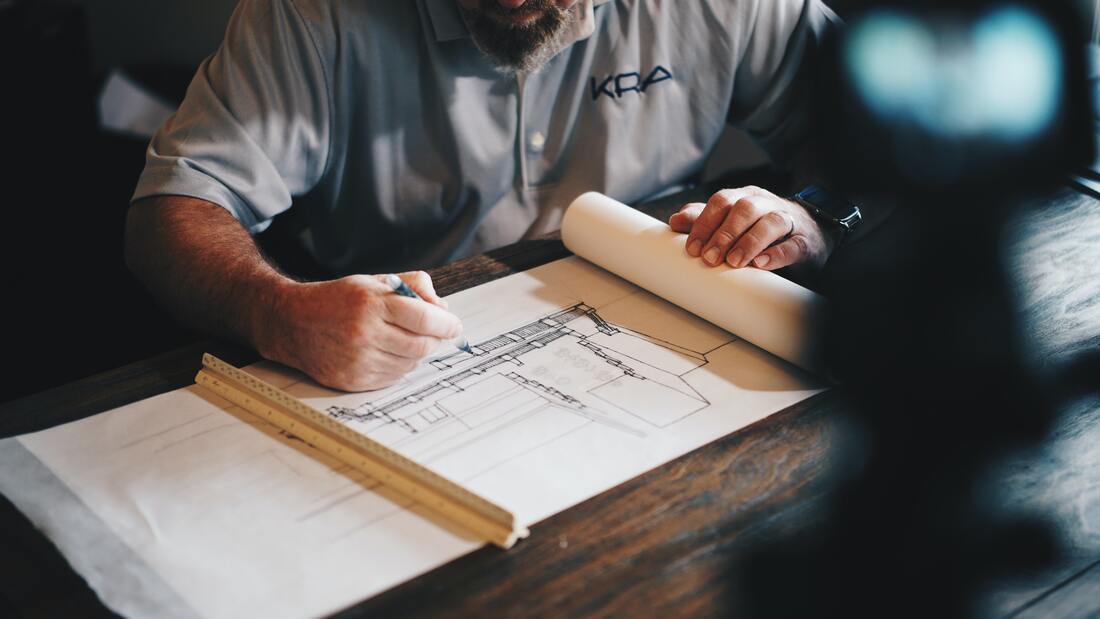
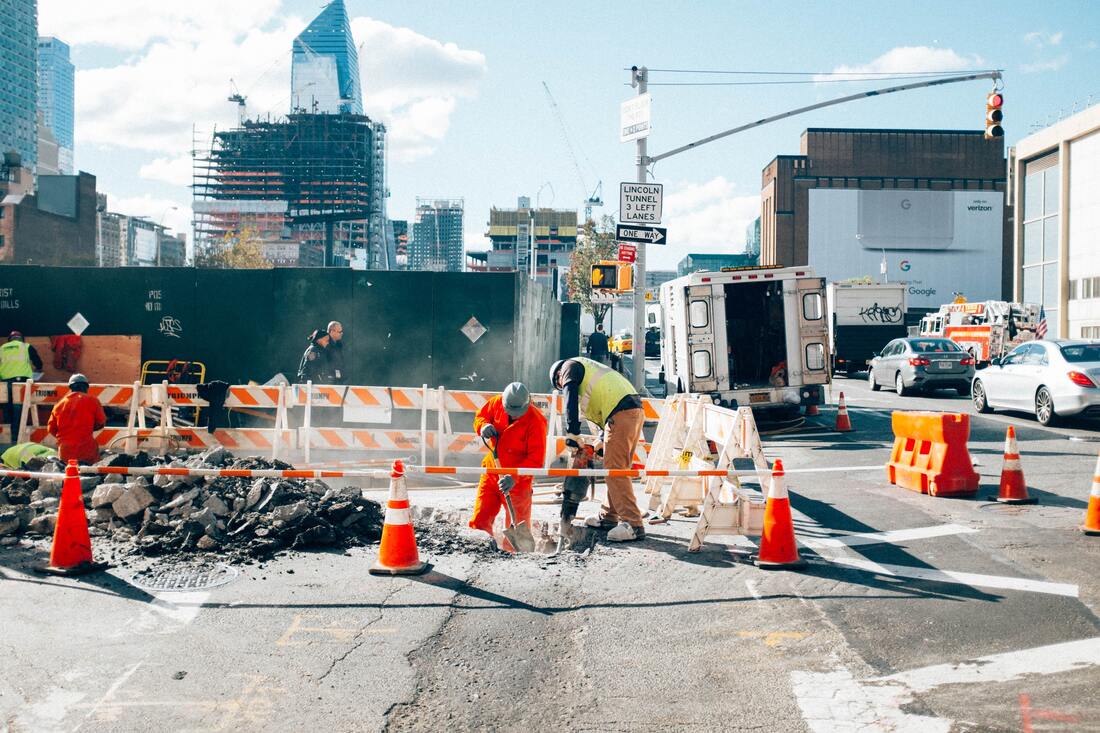
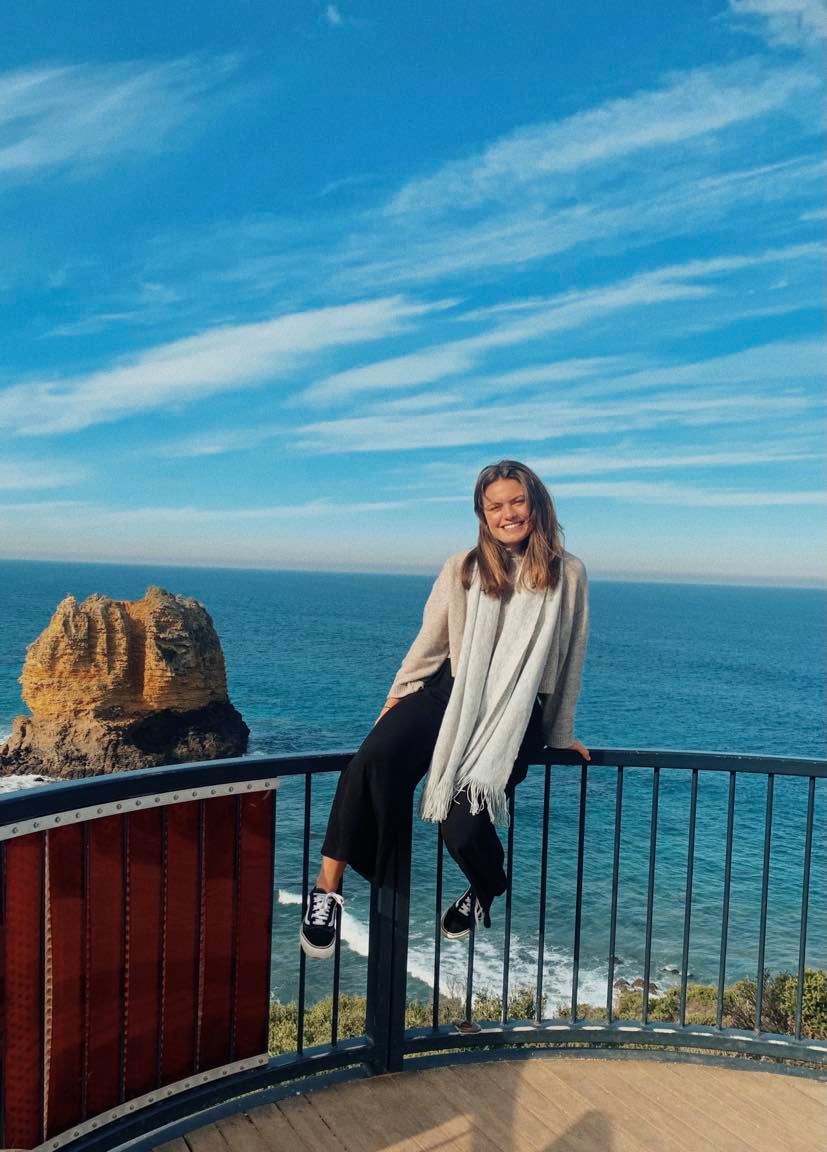
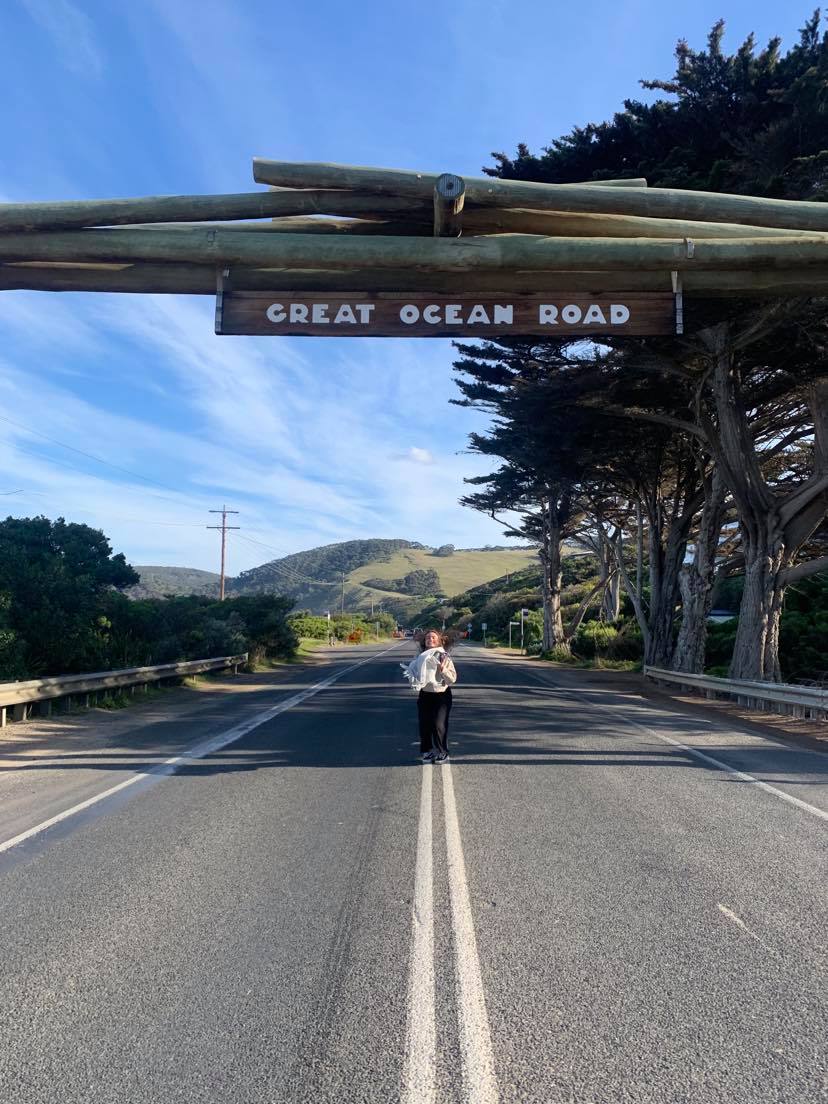
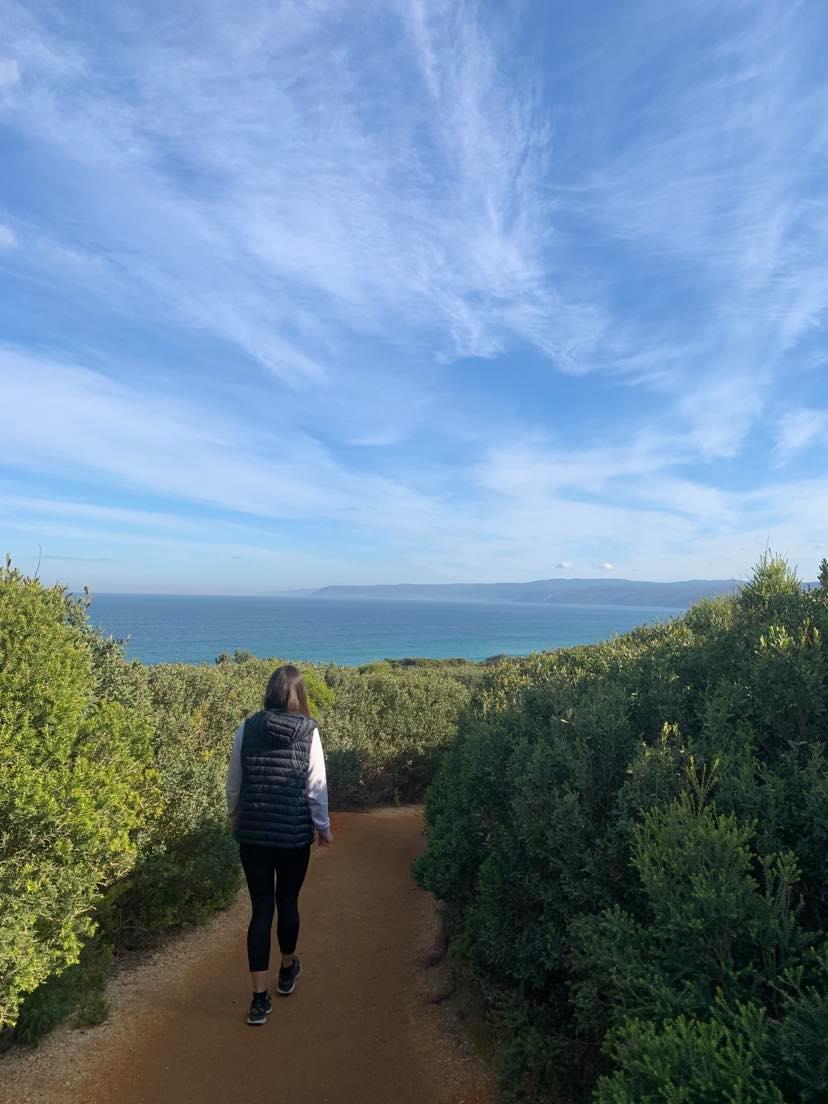
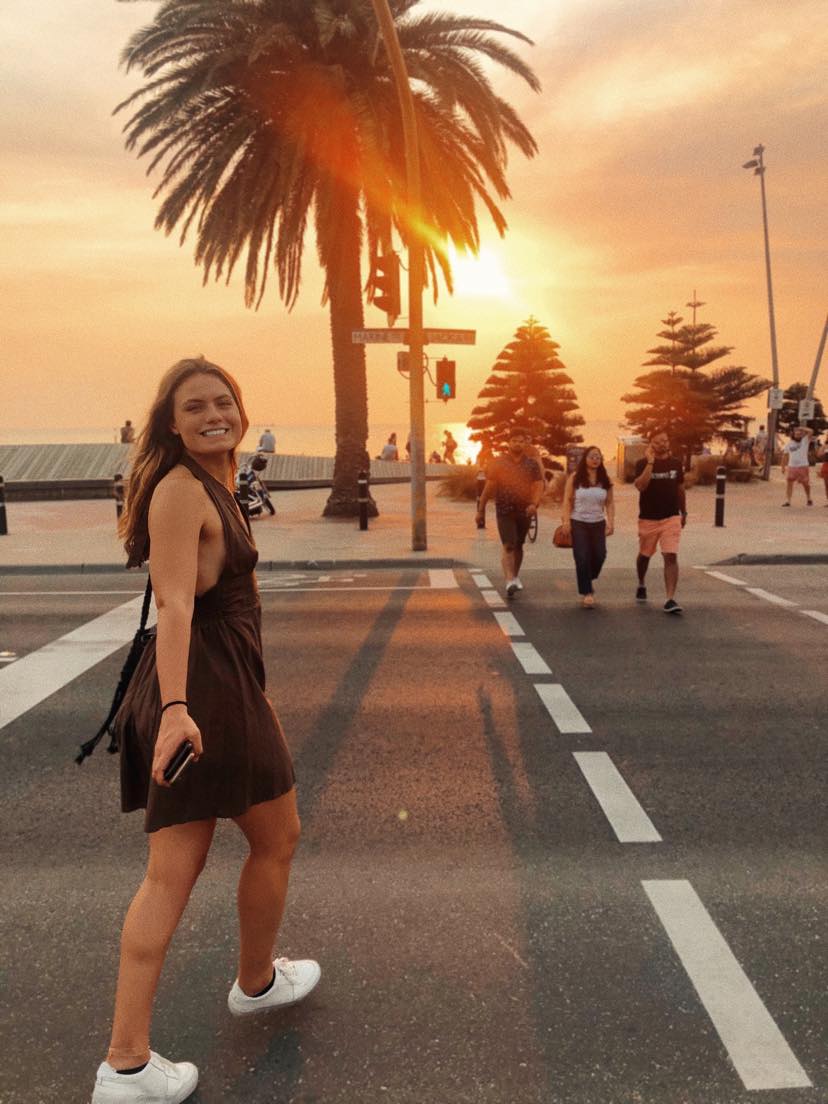
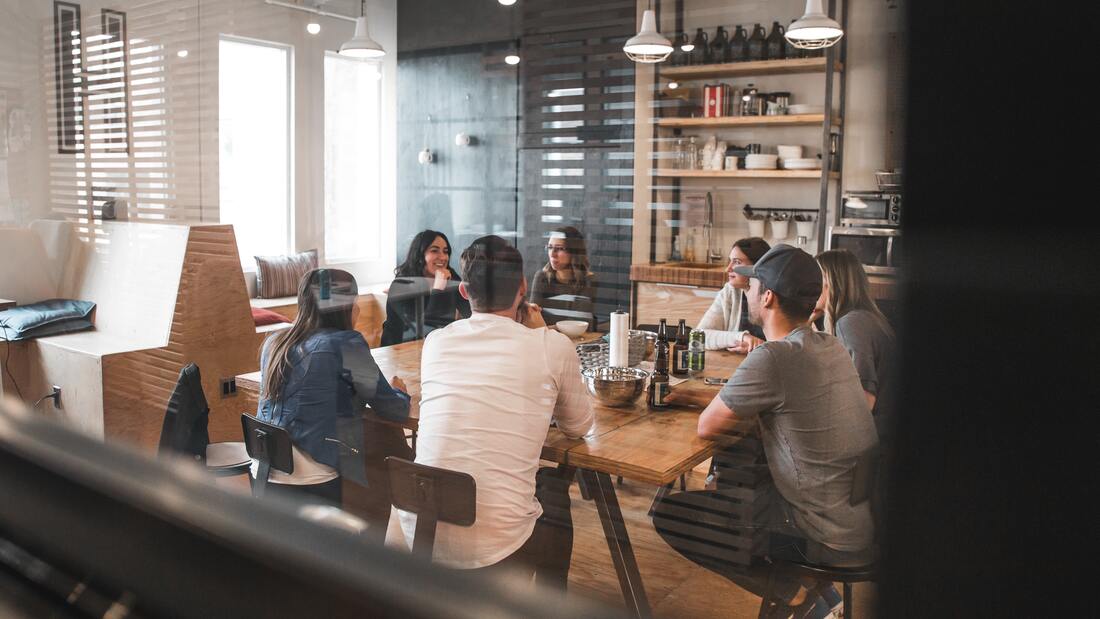


 RSS Feed
RSS Feed


